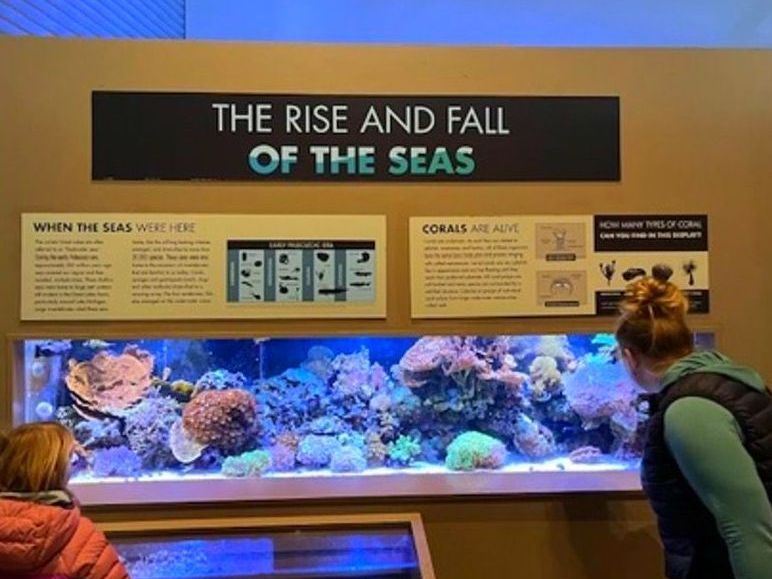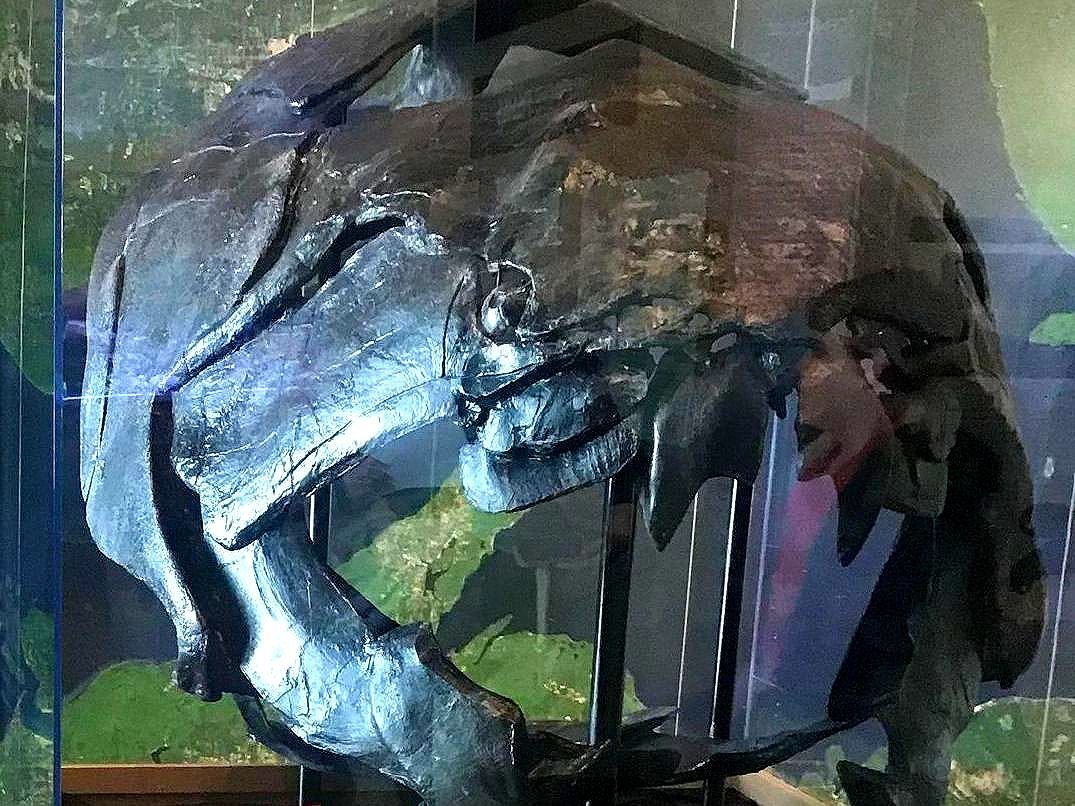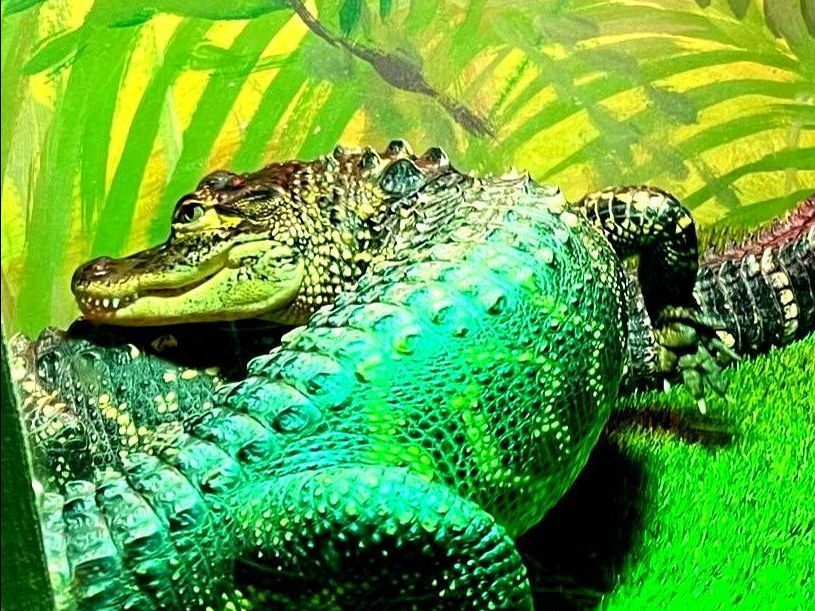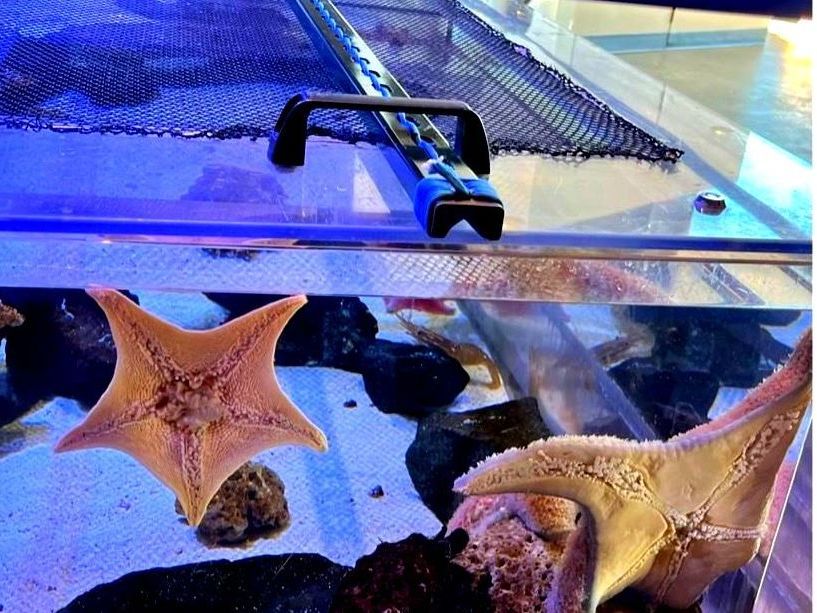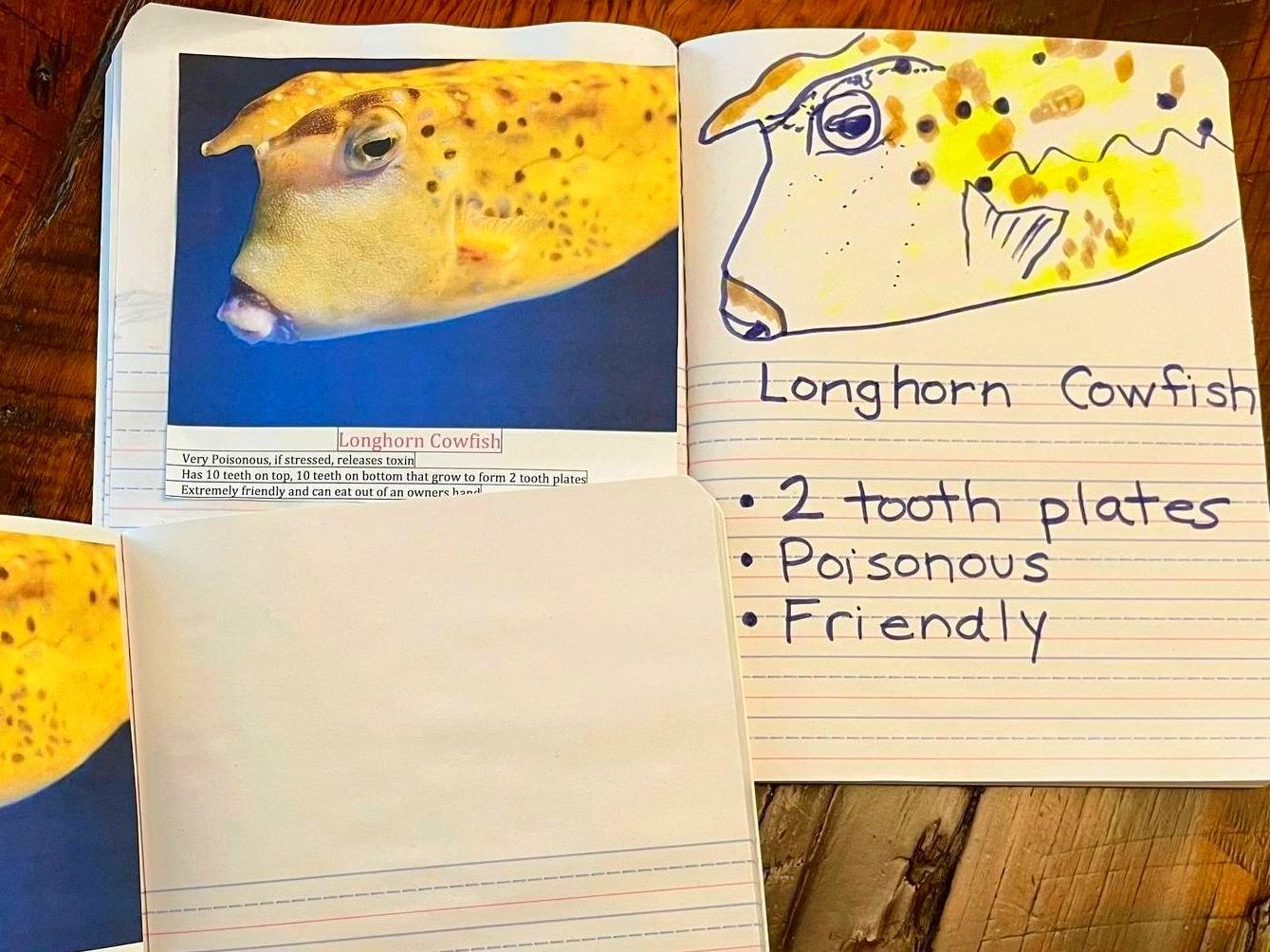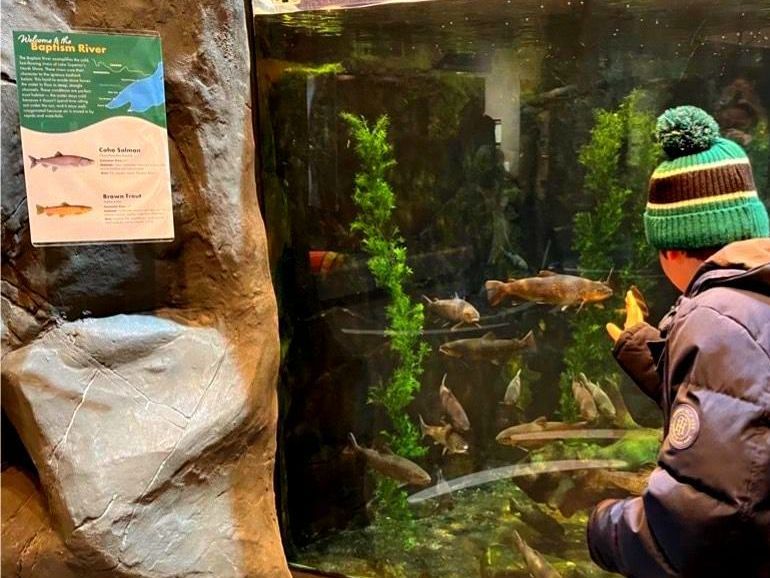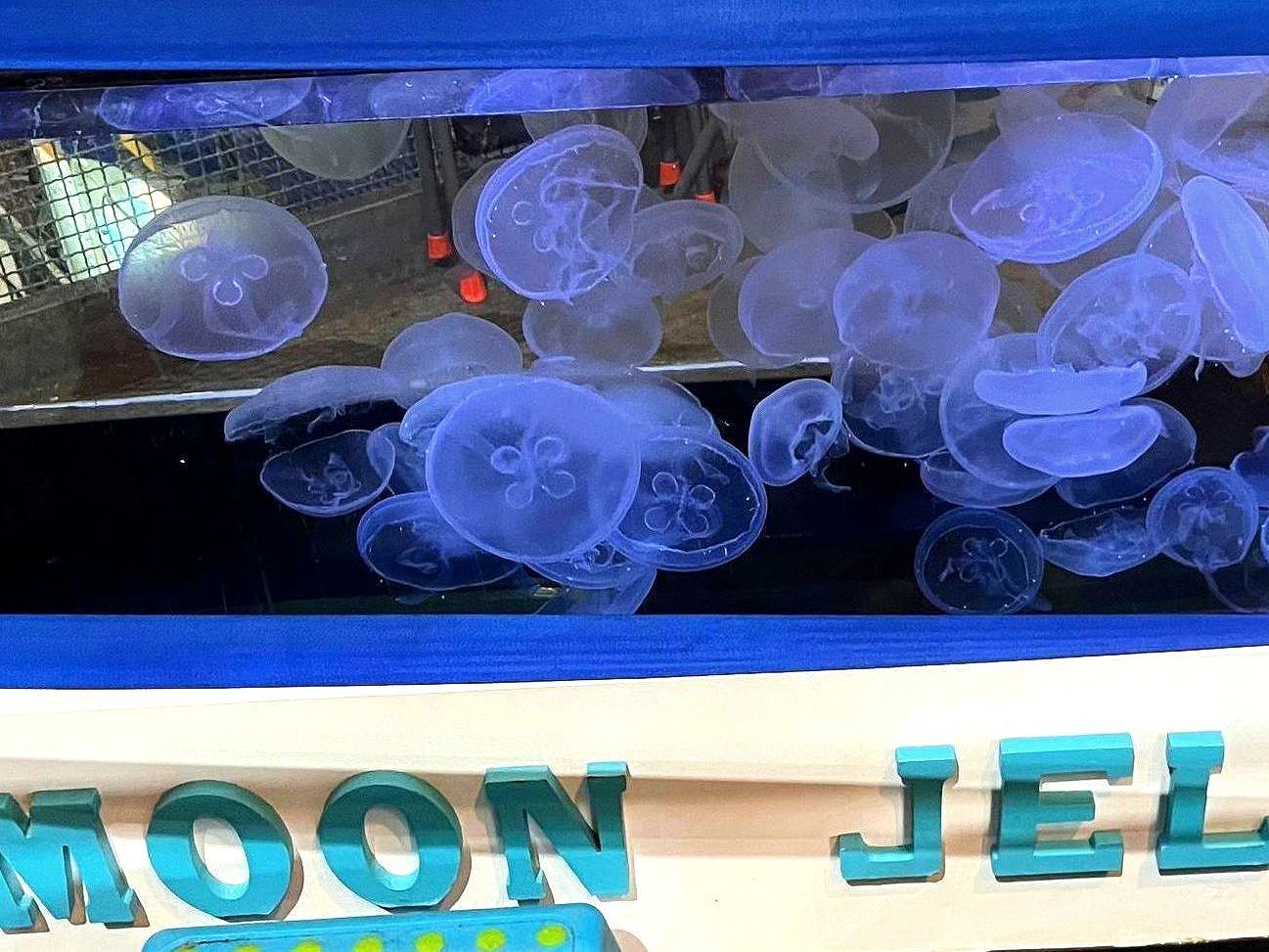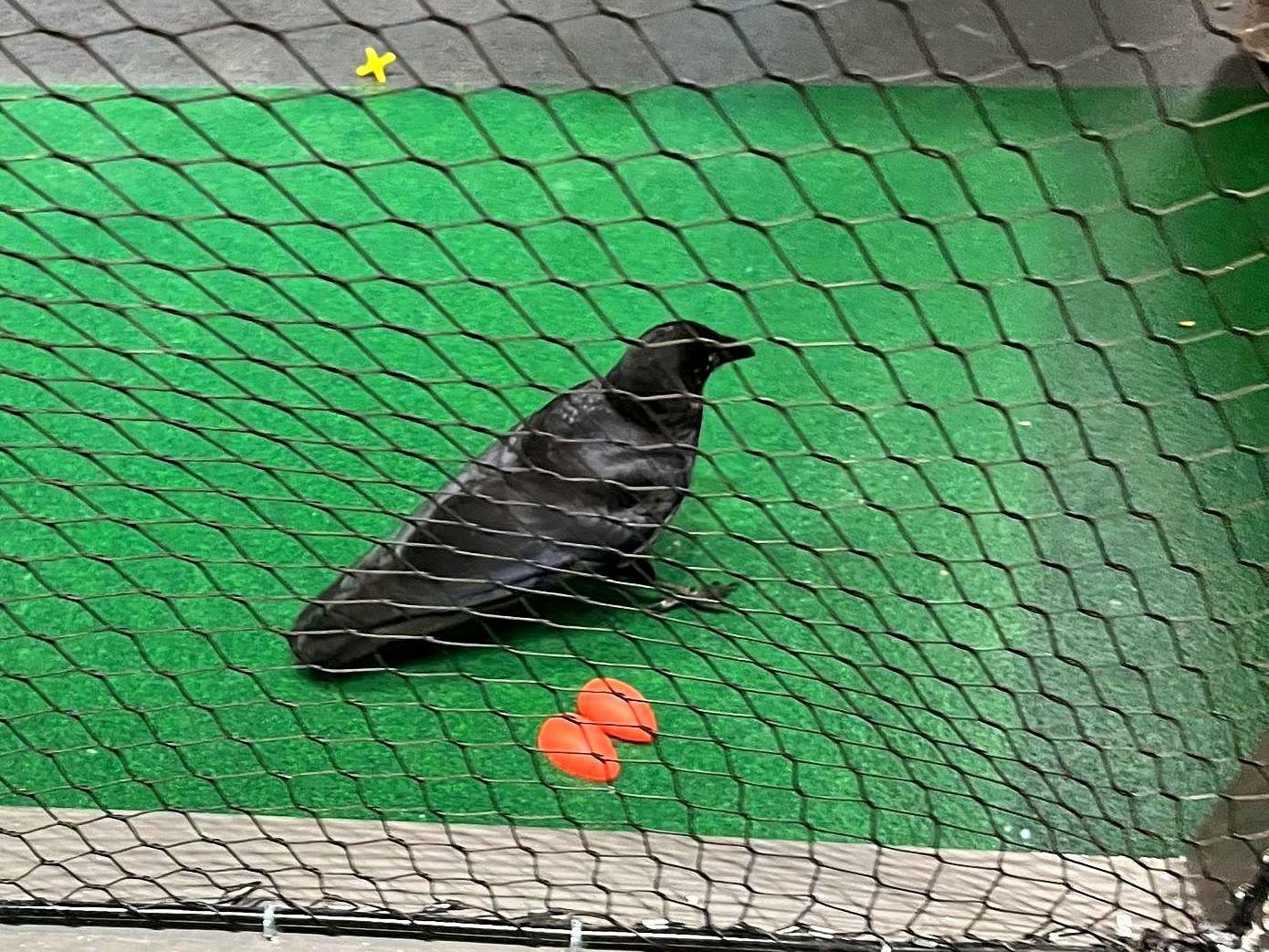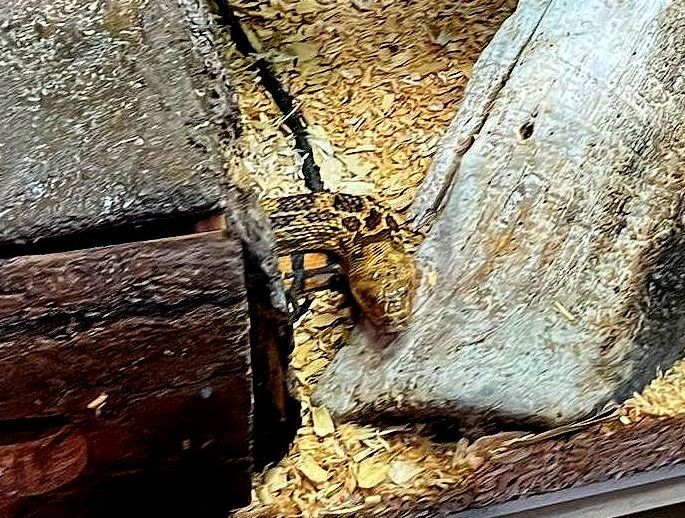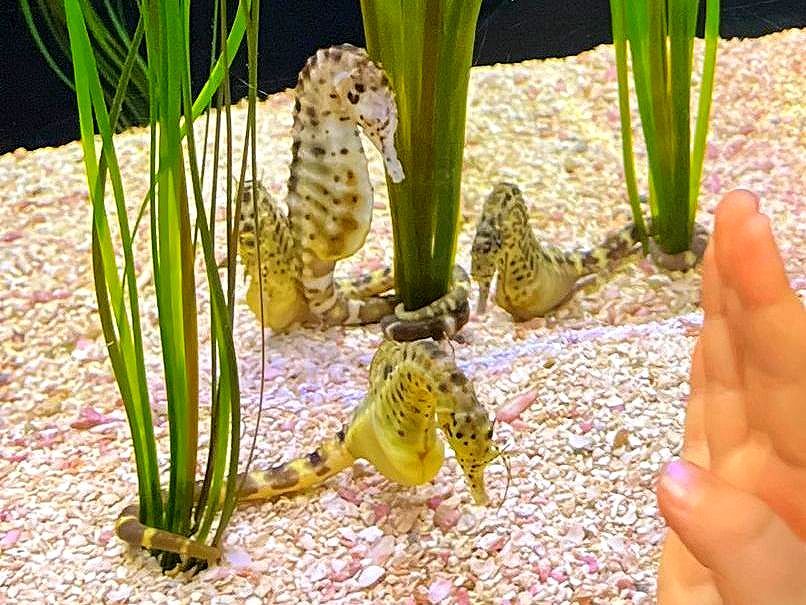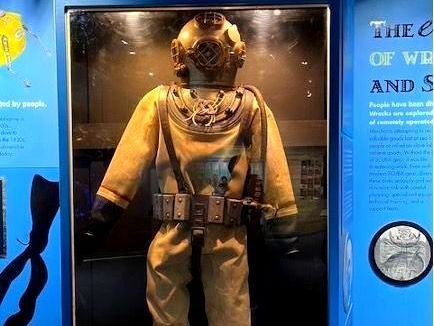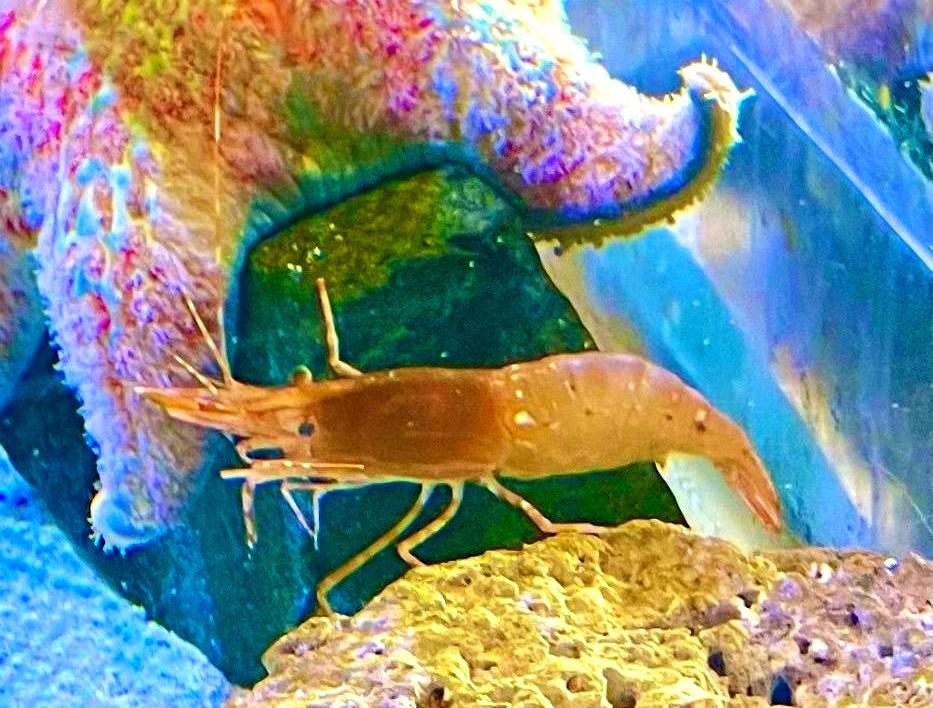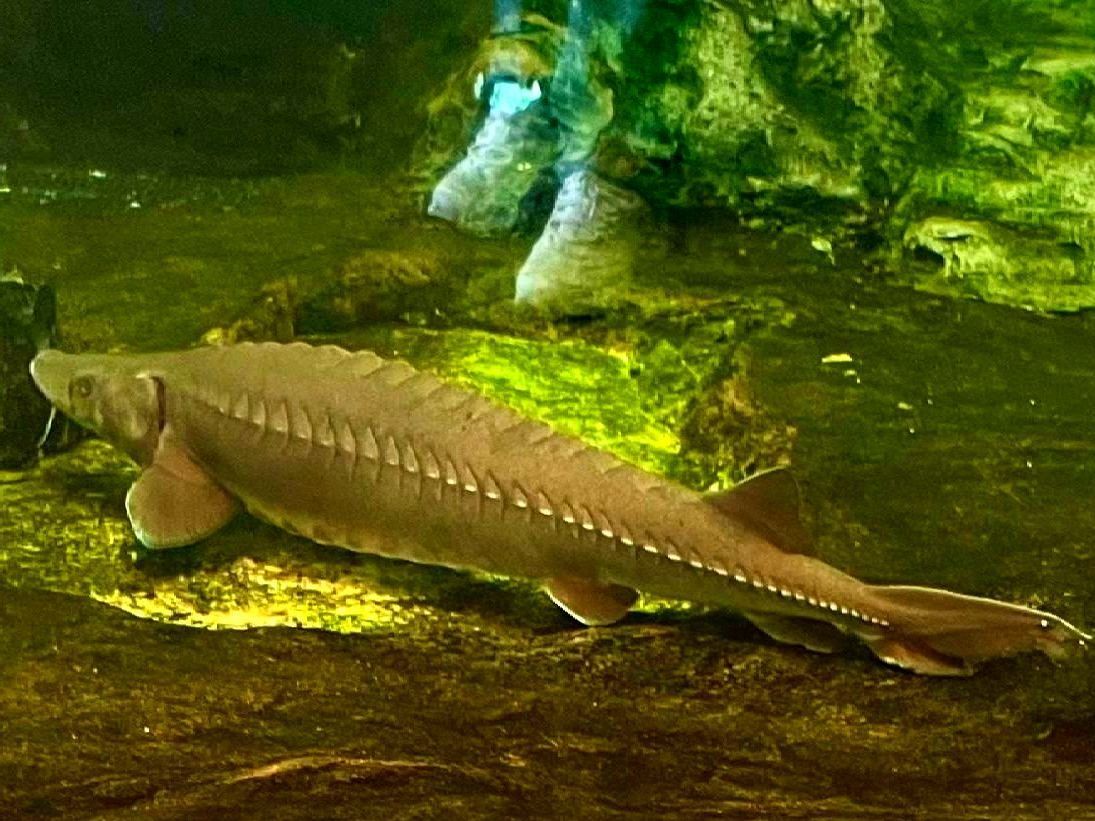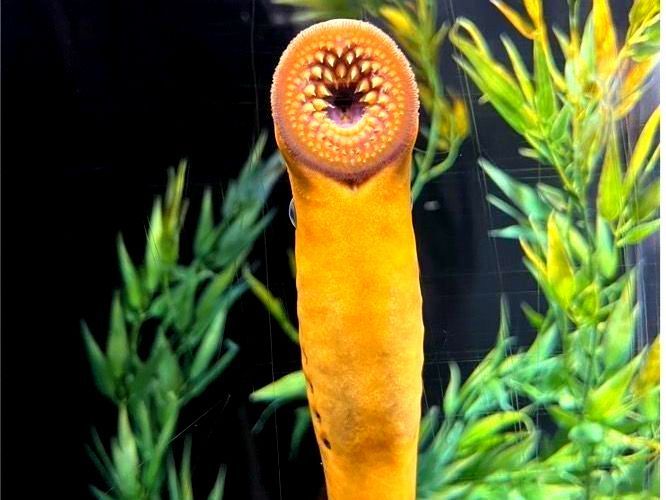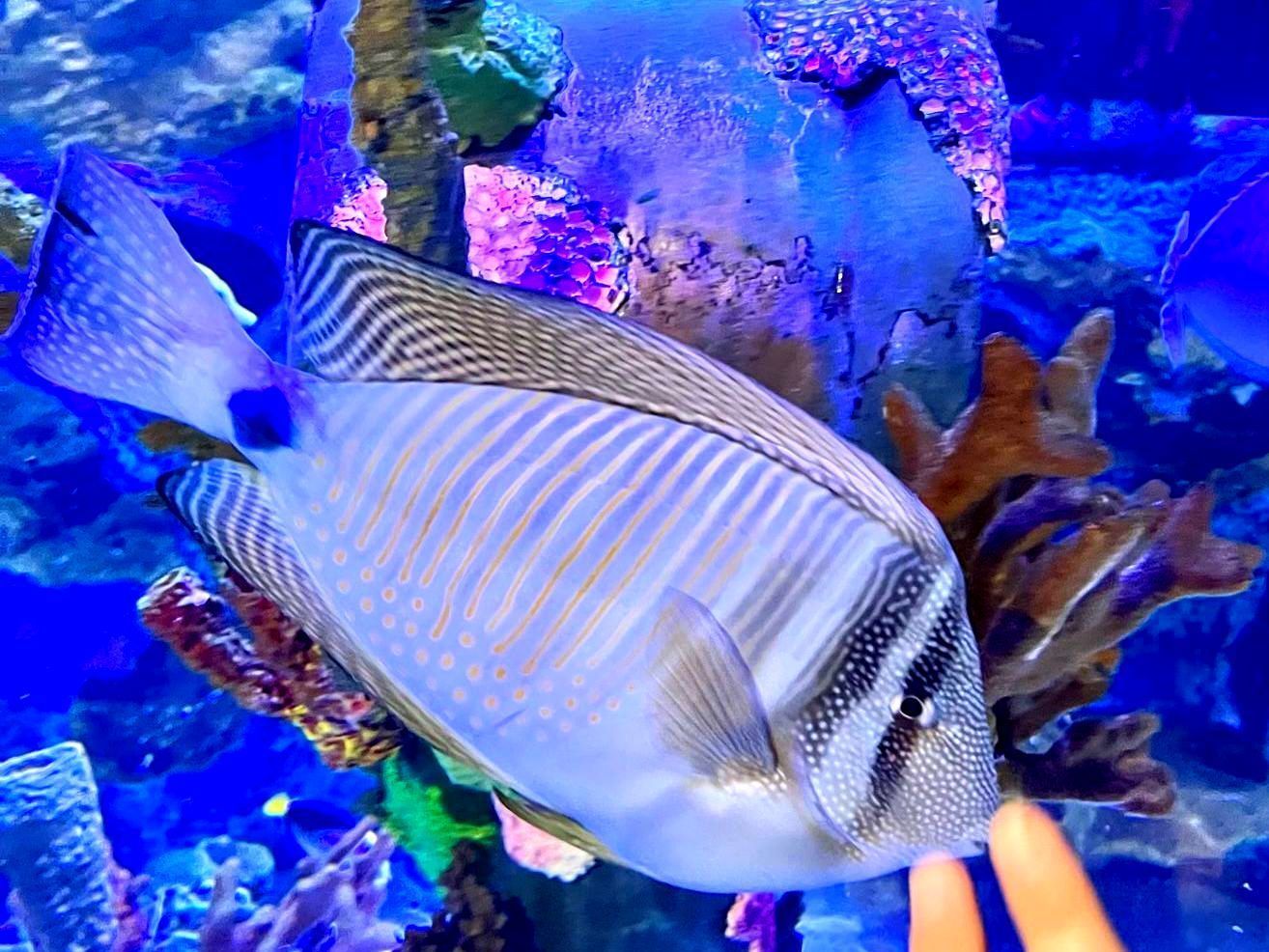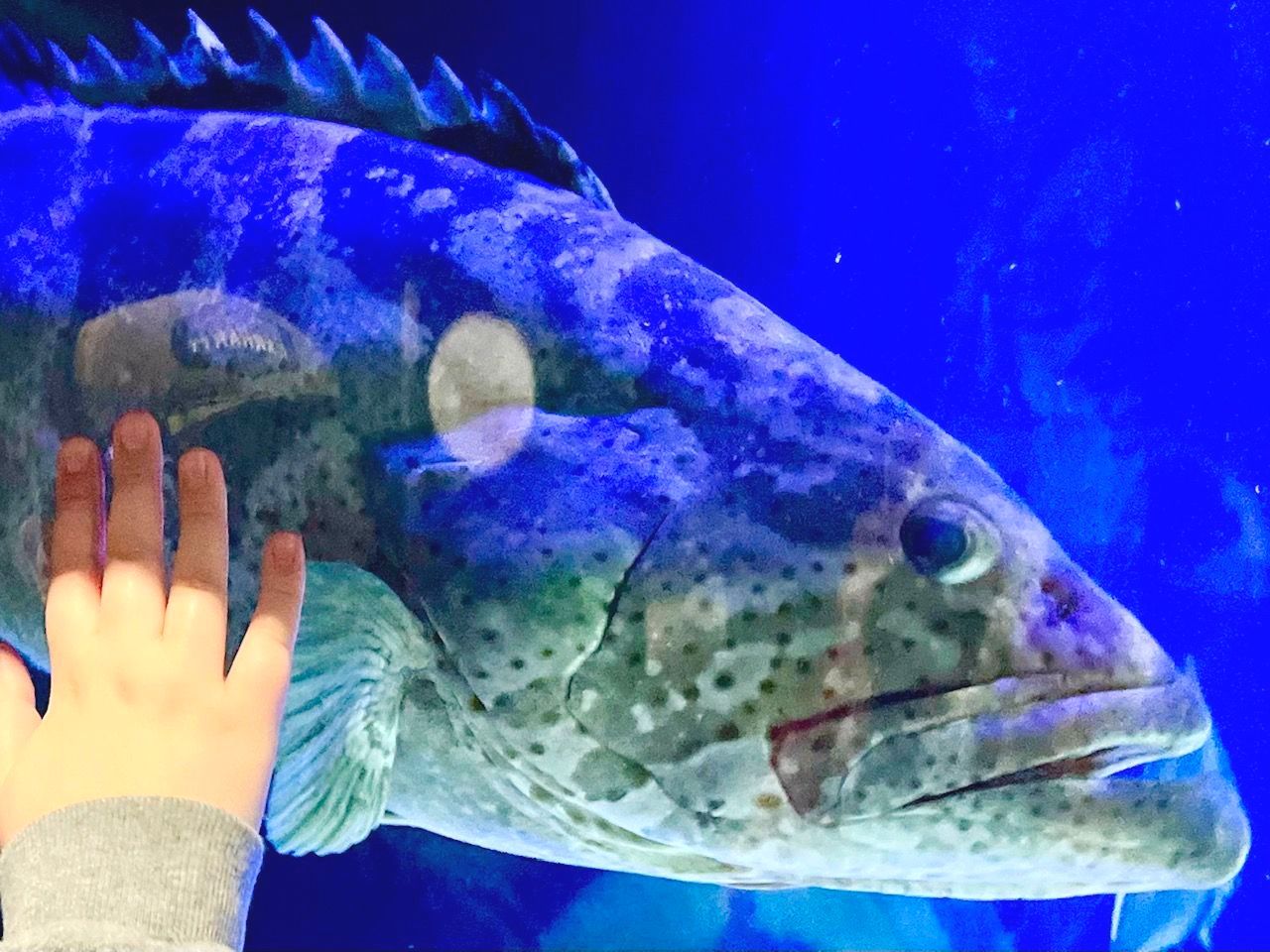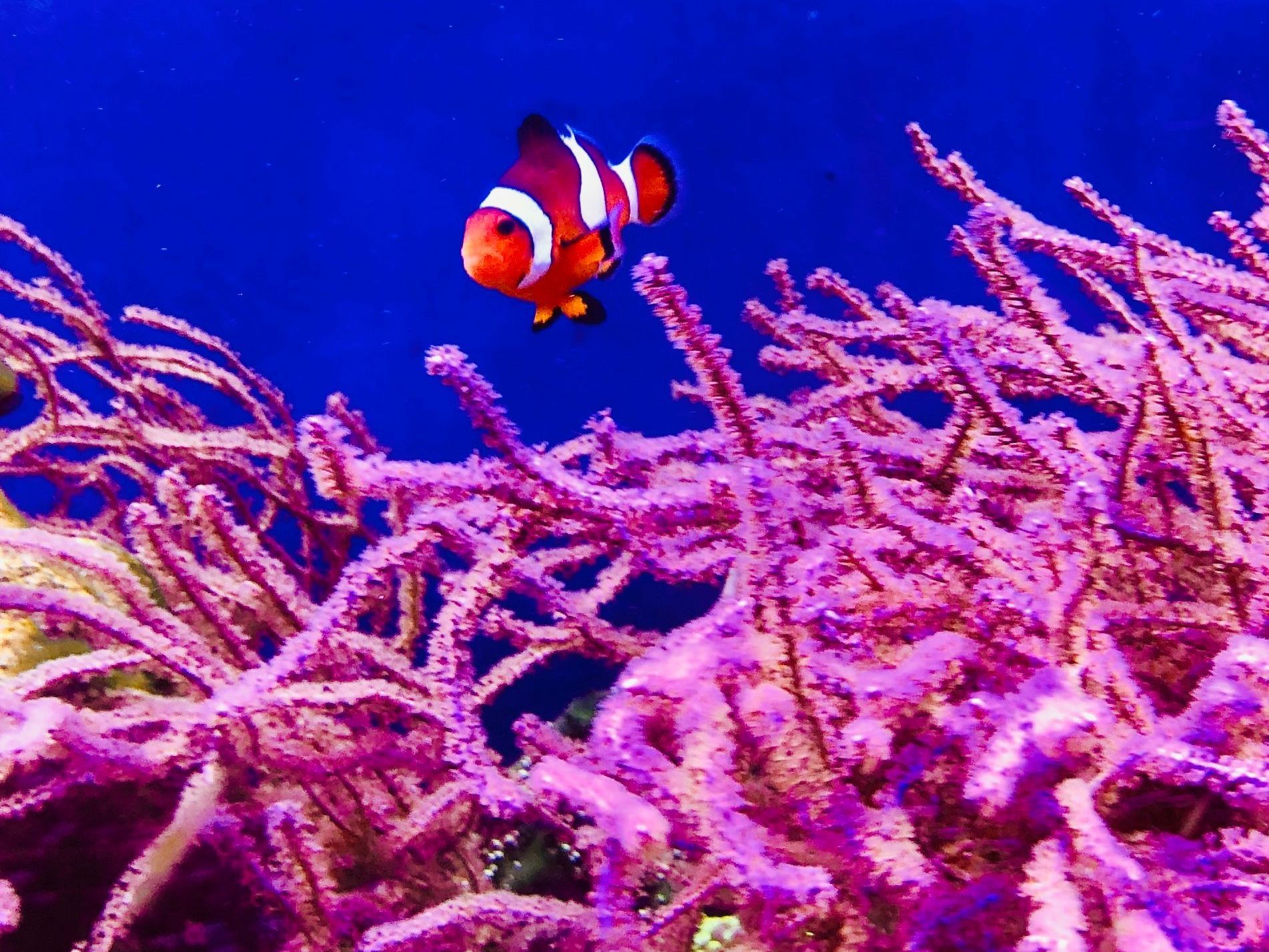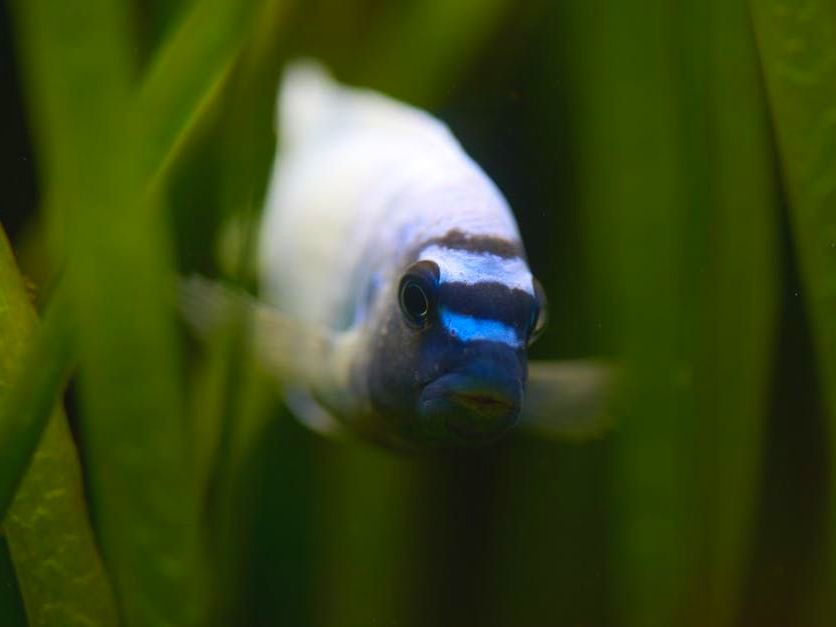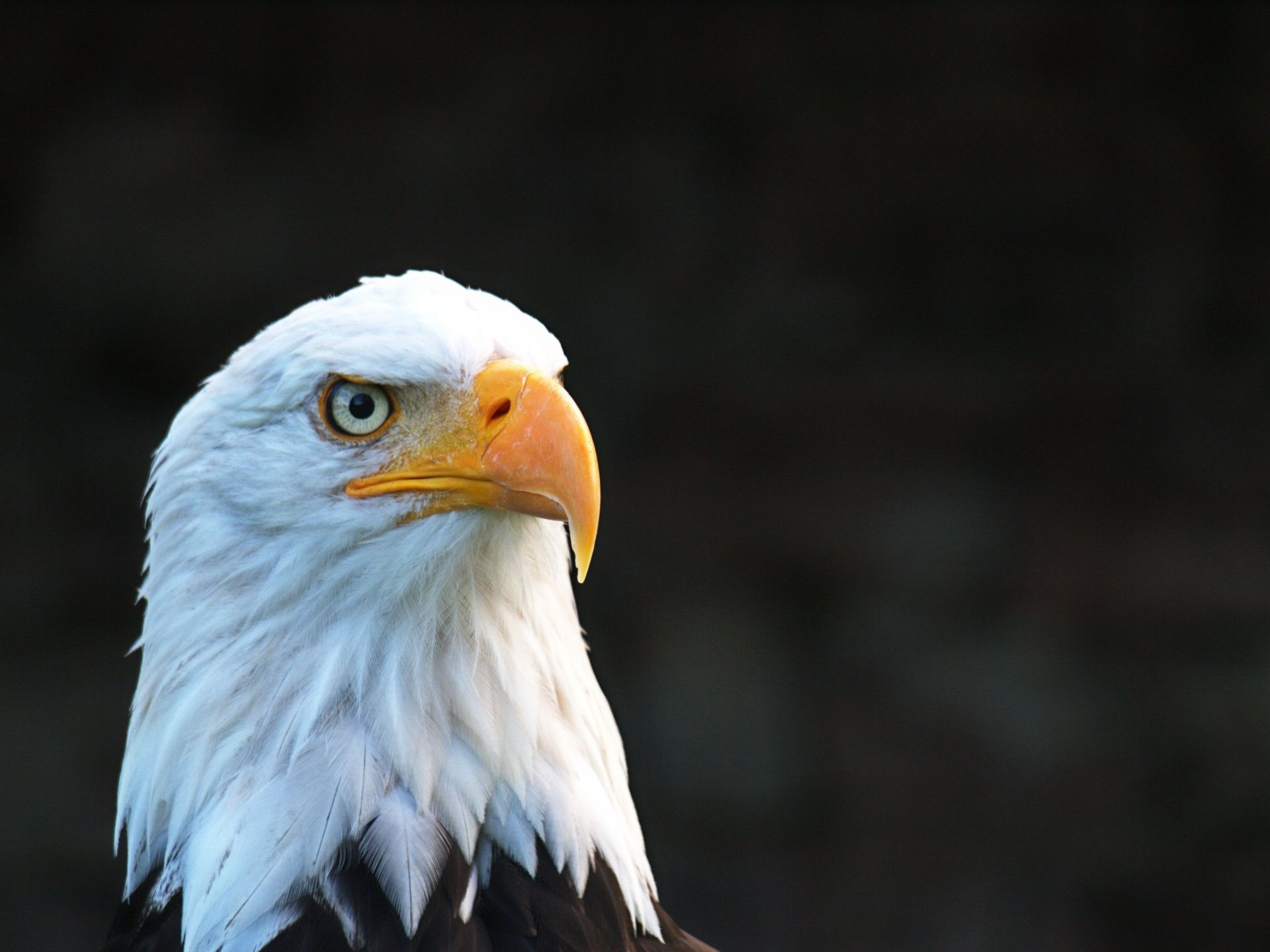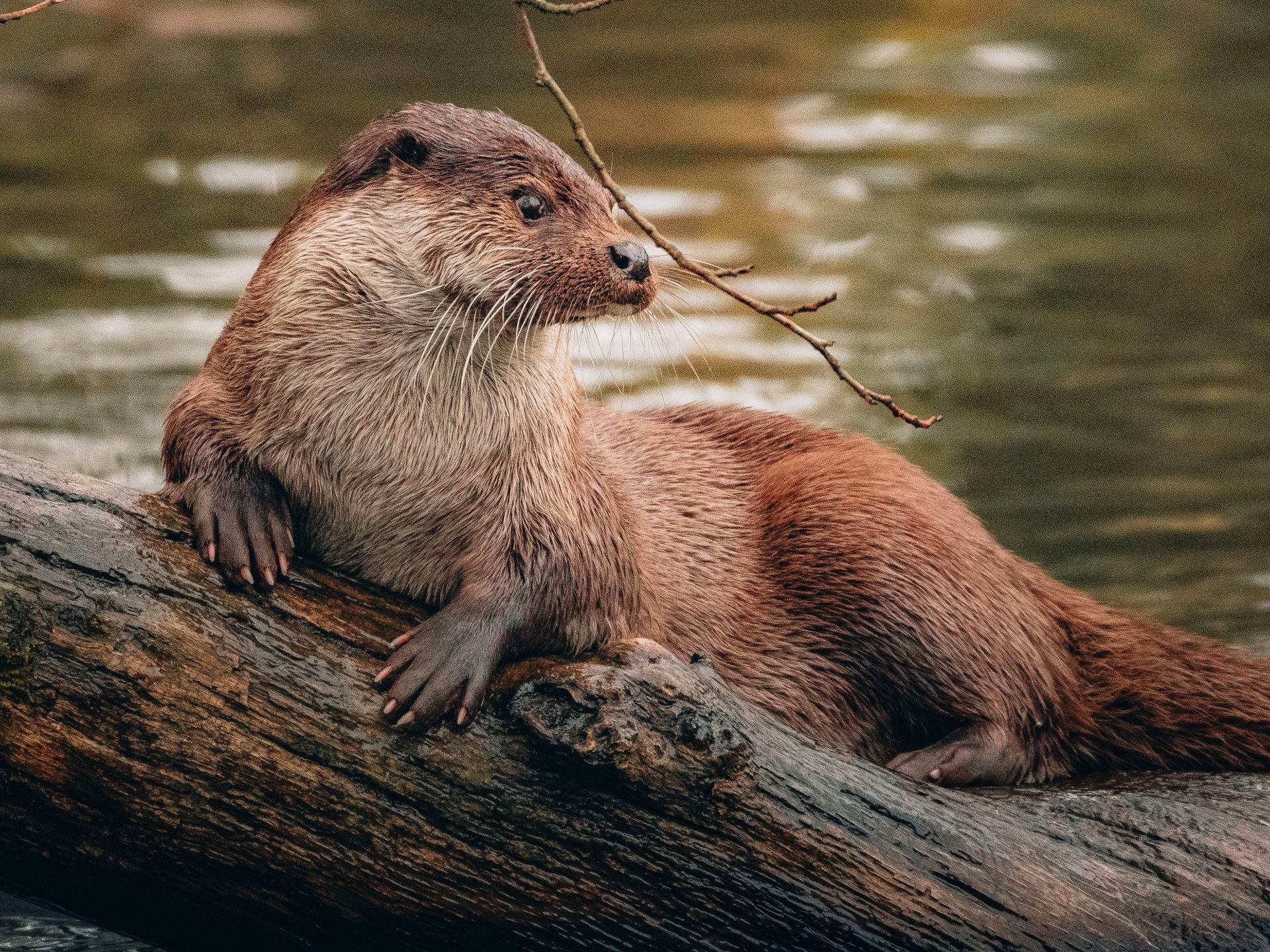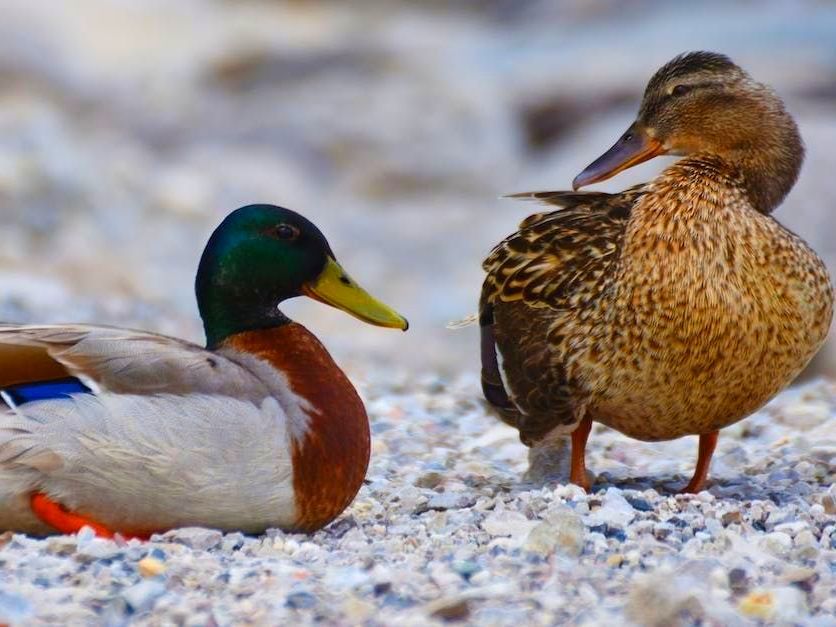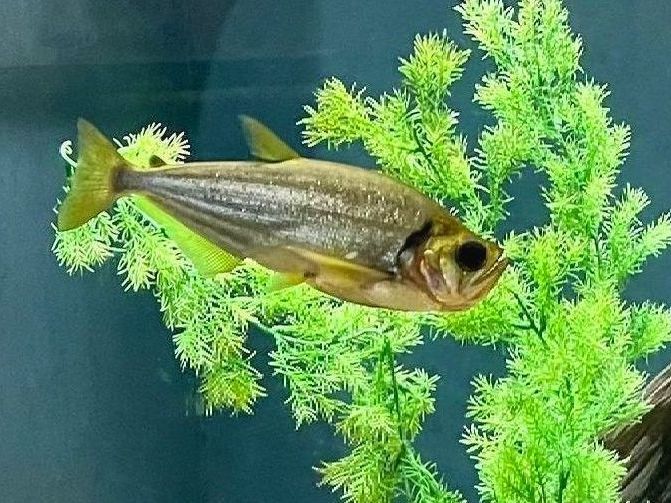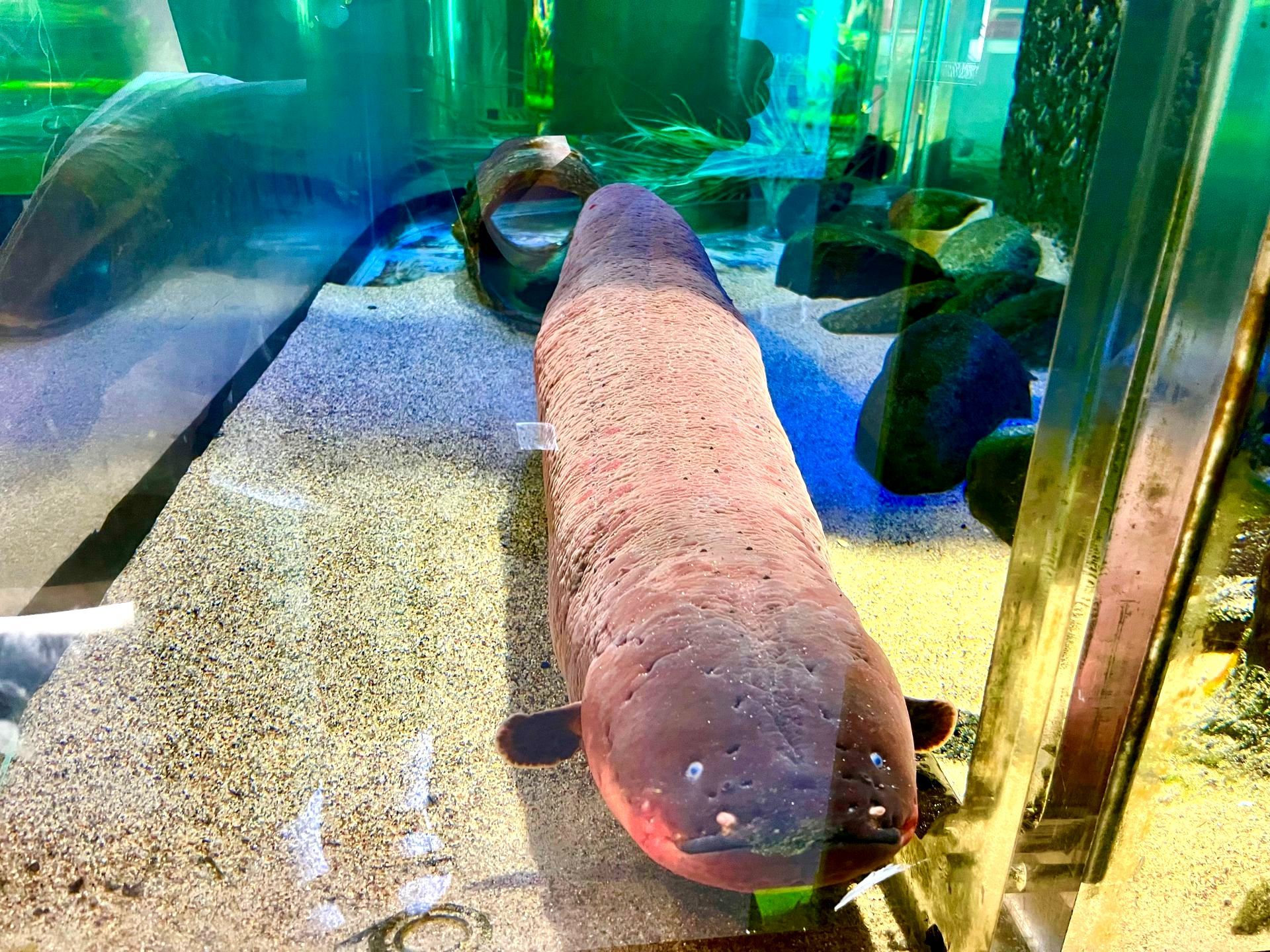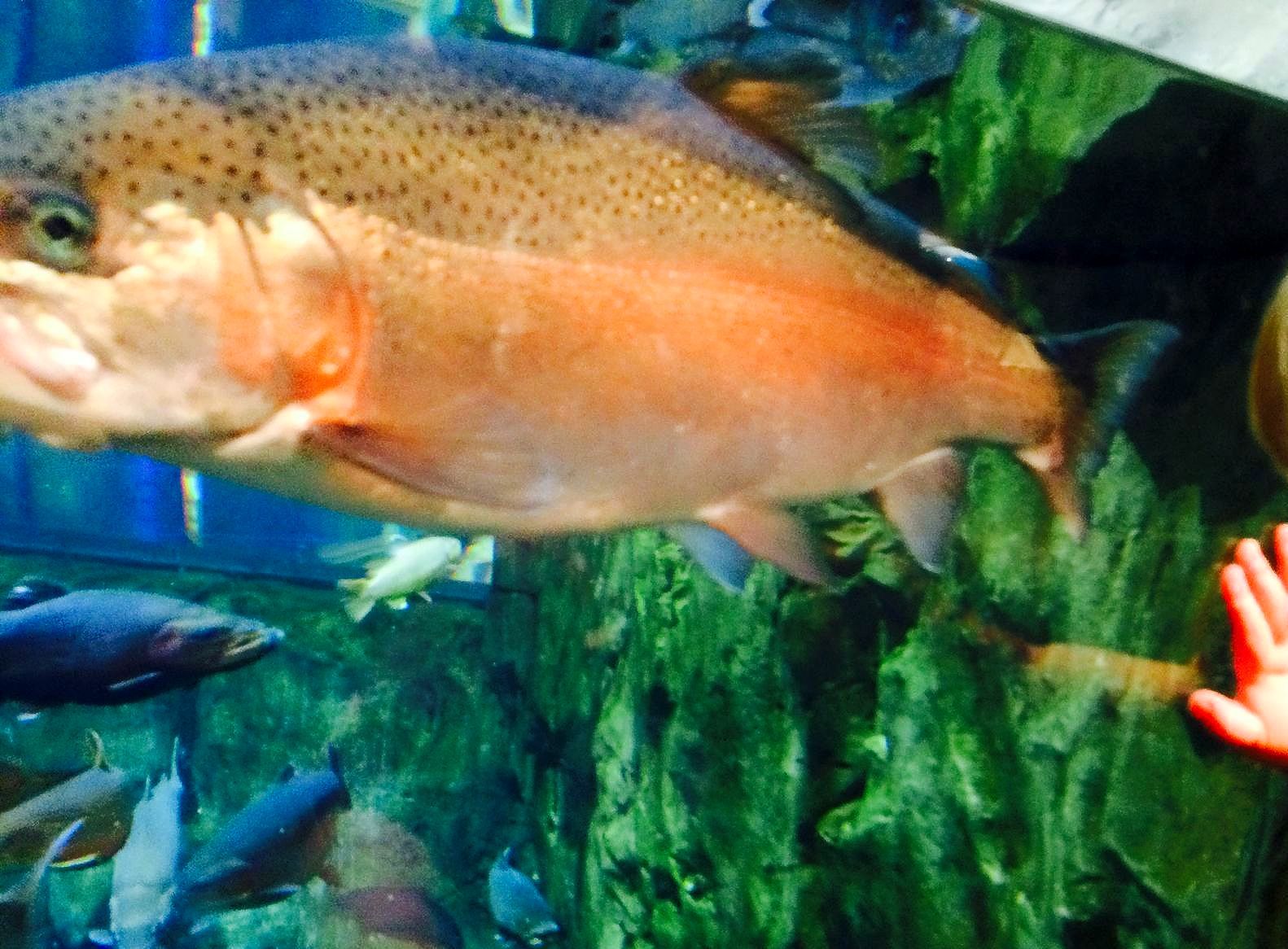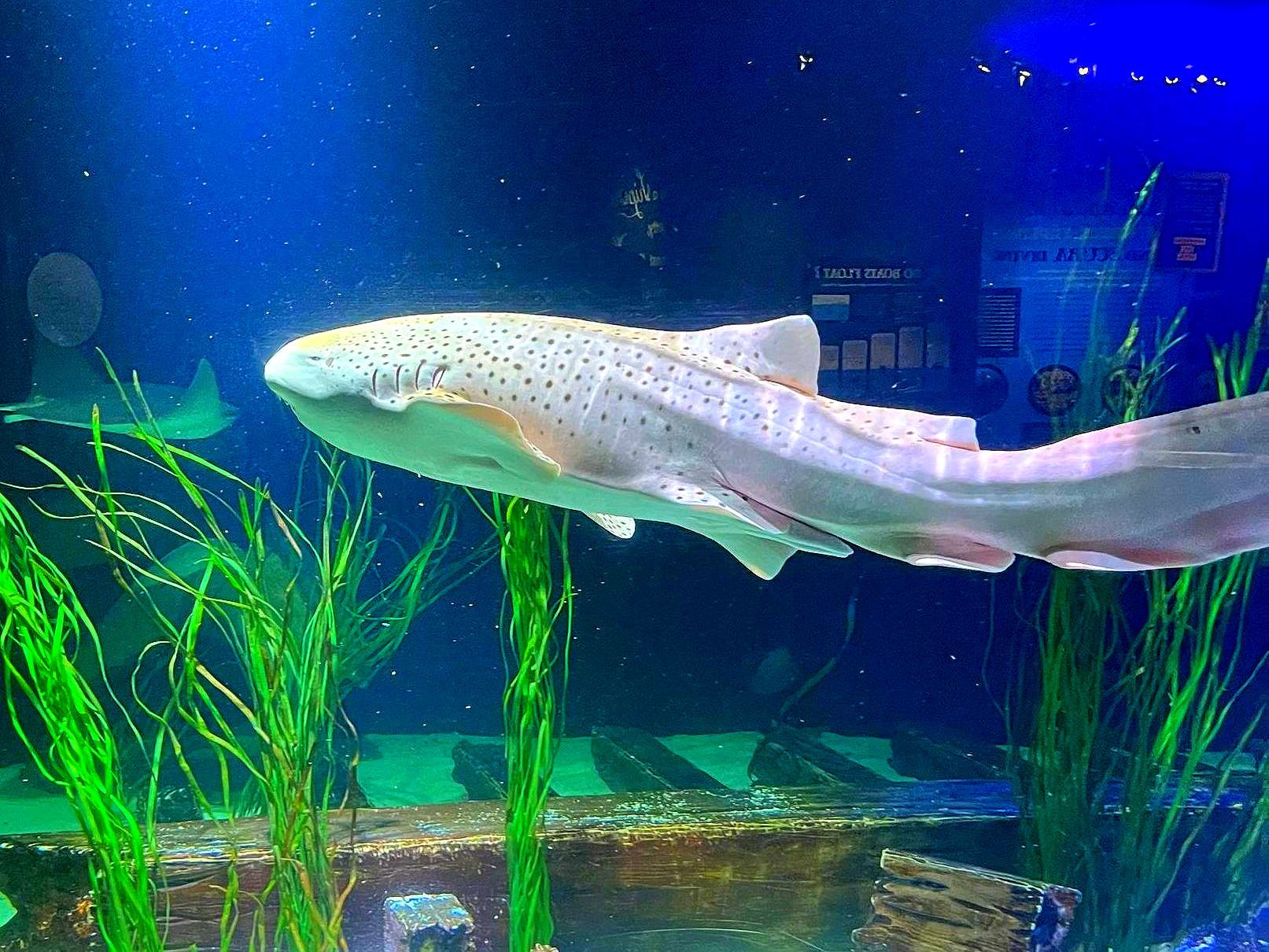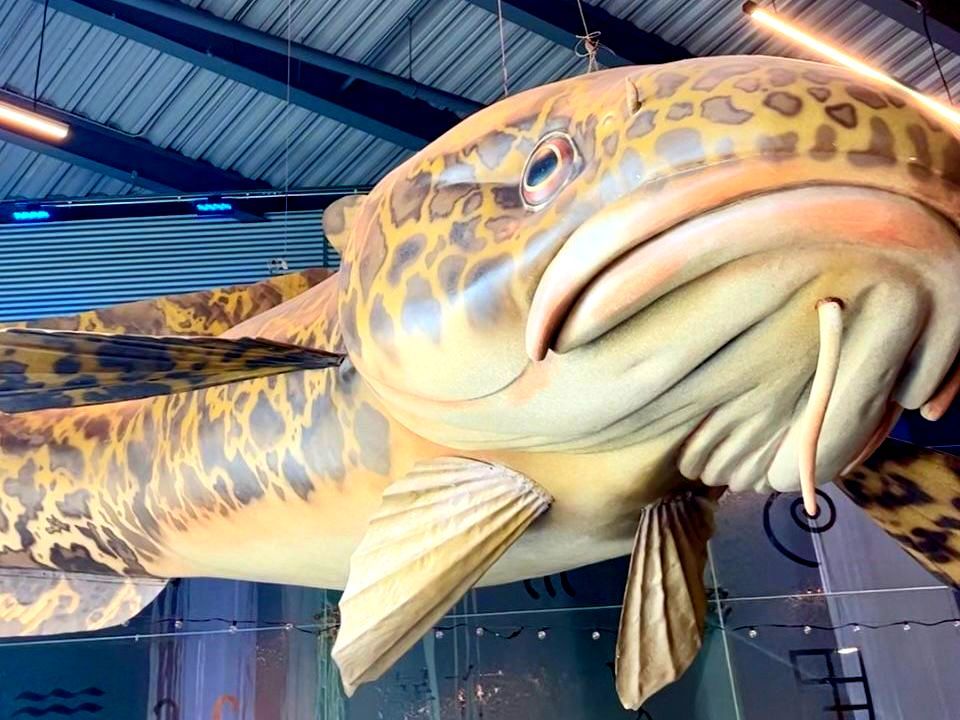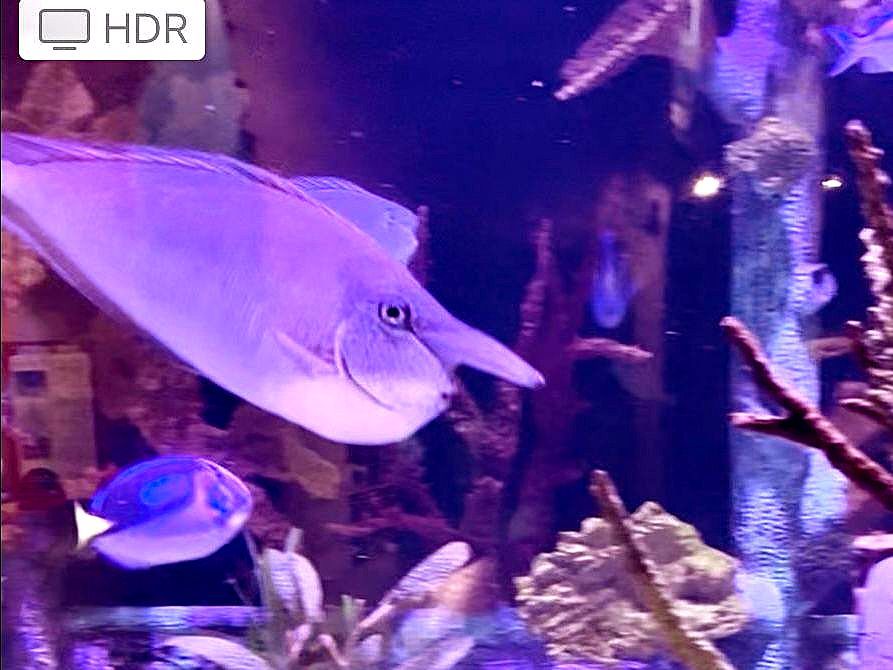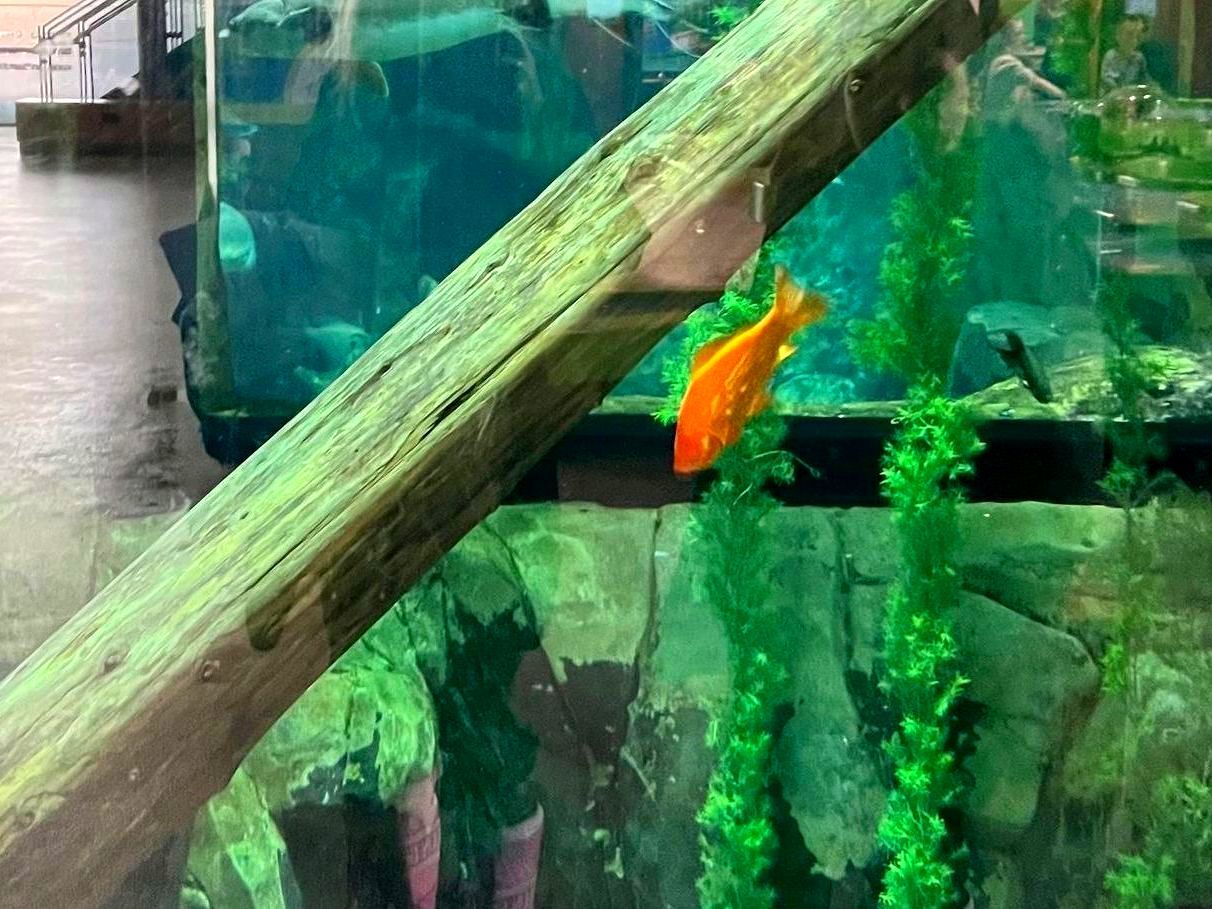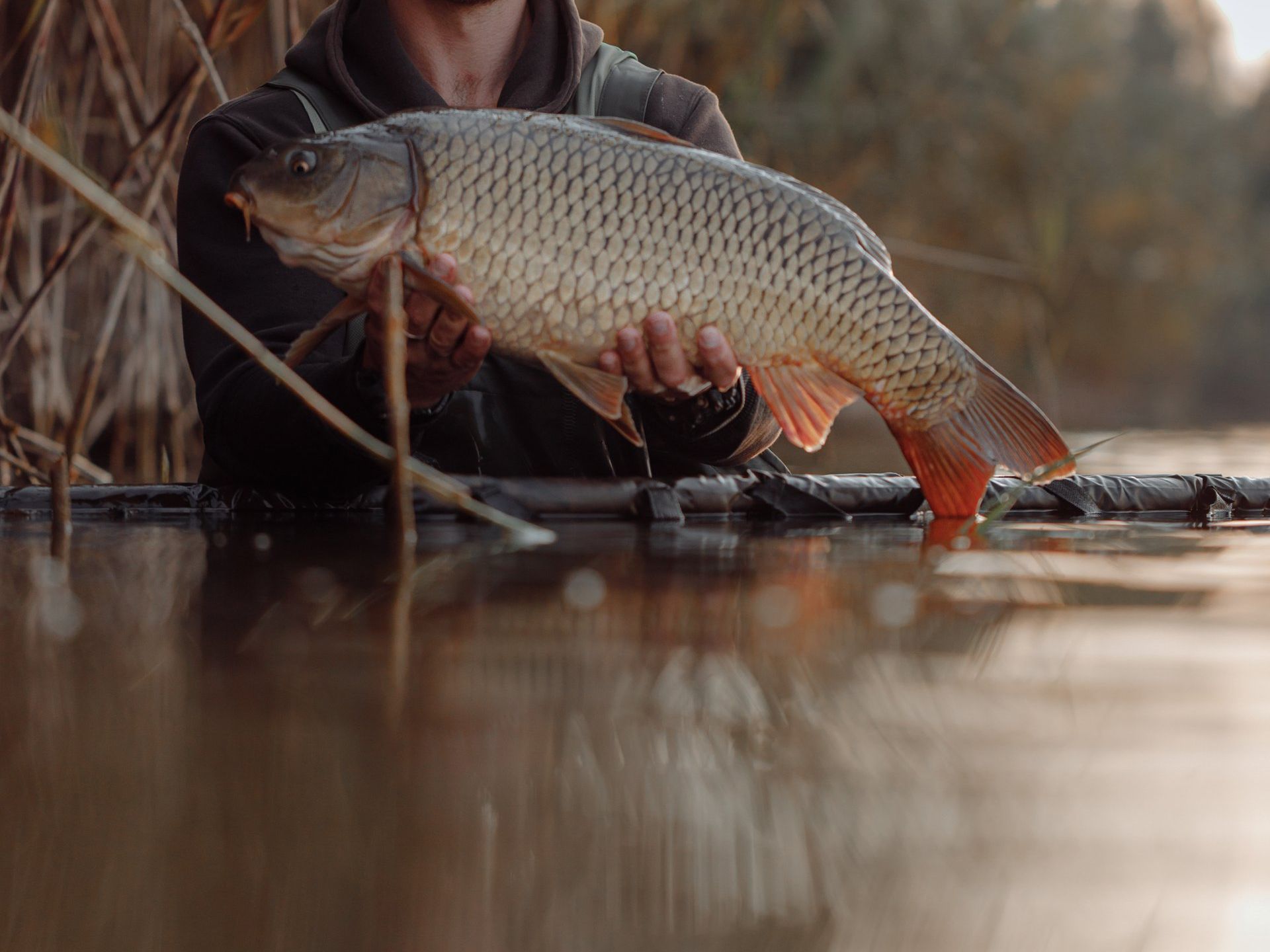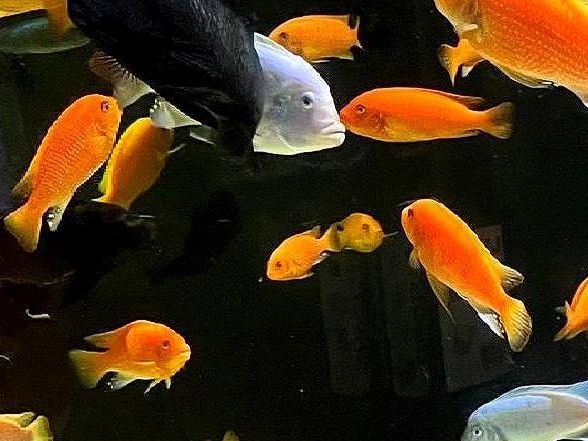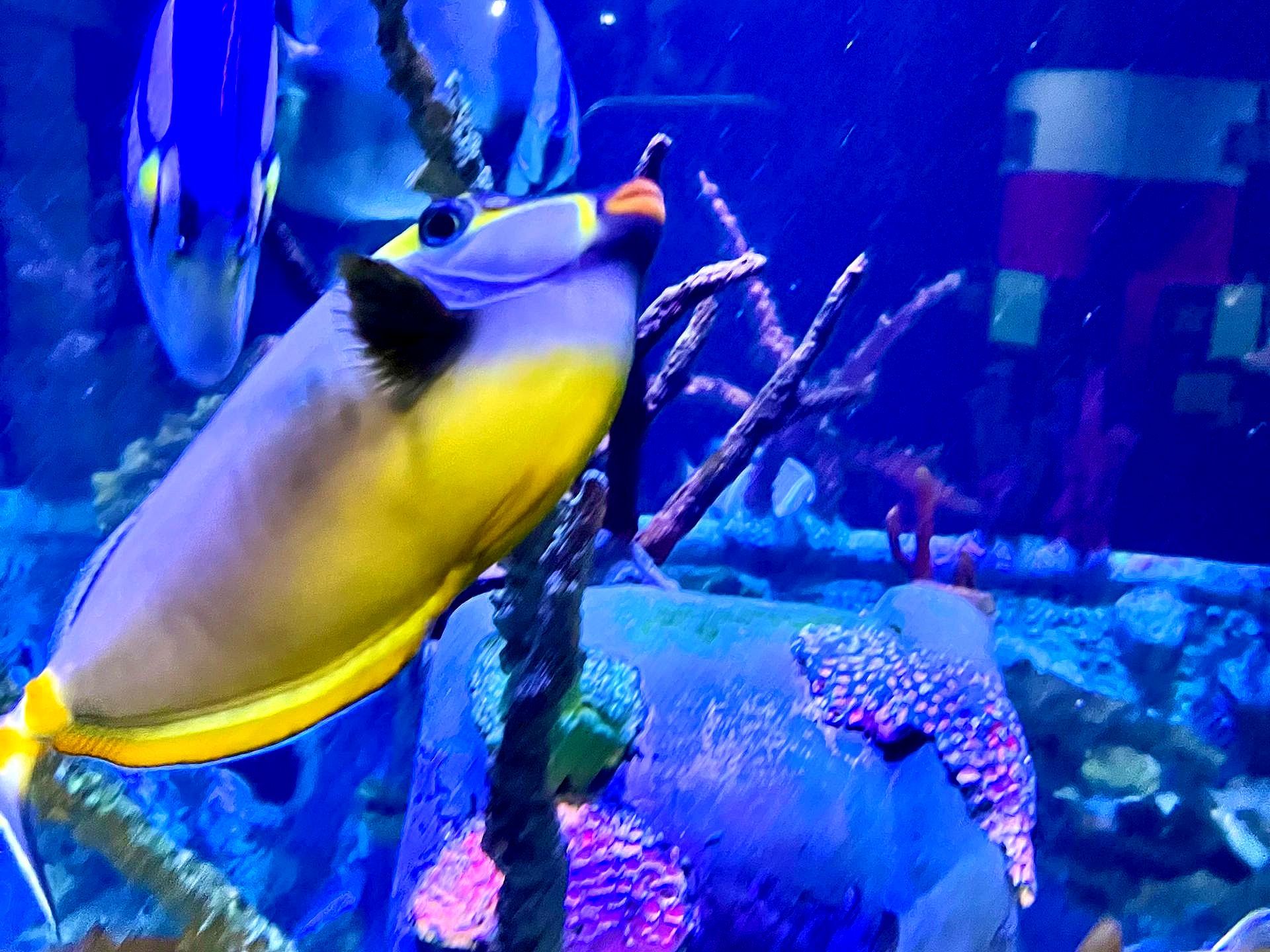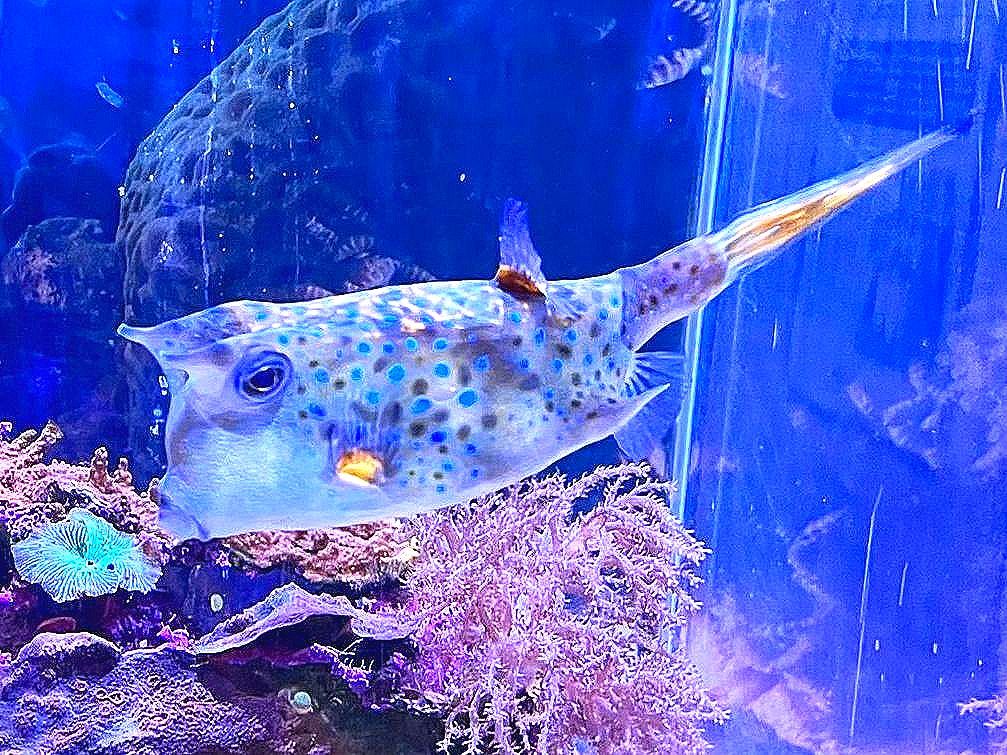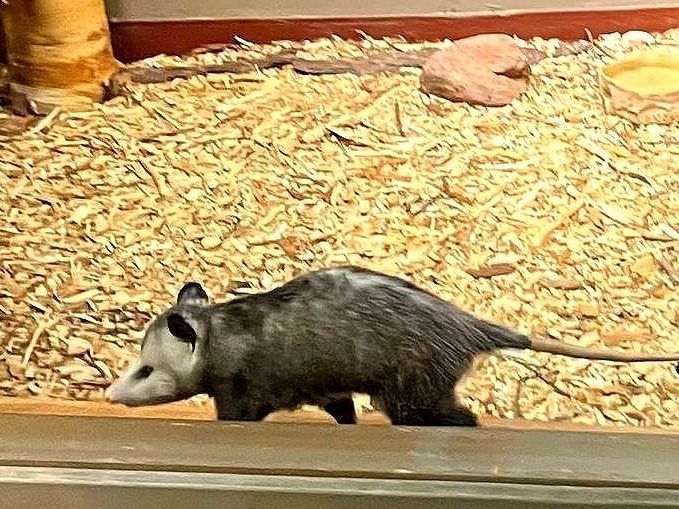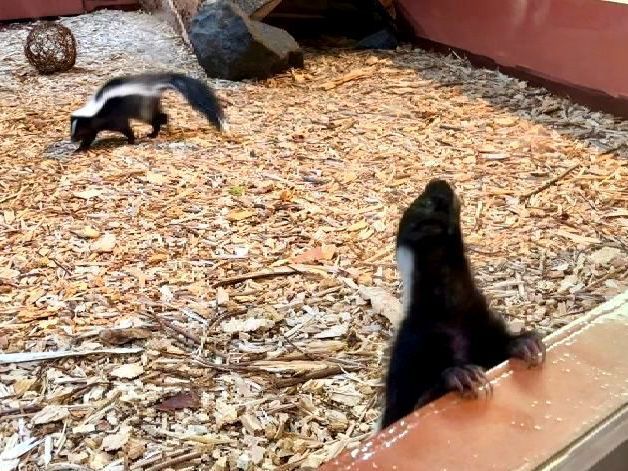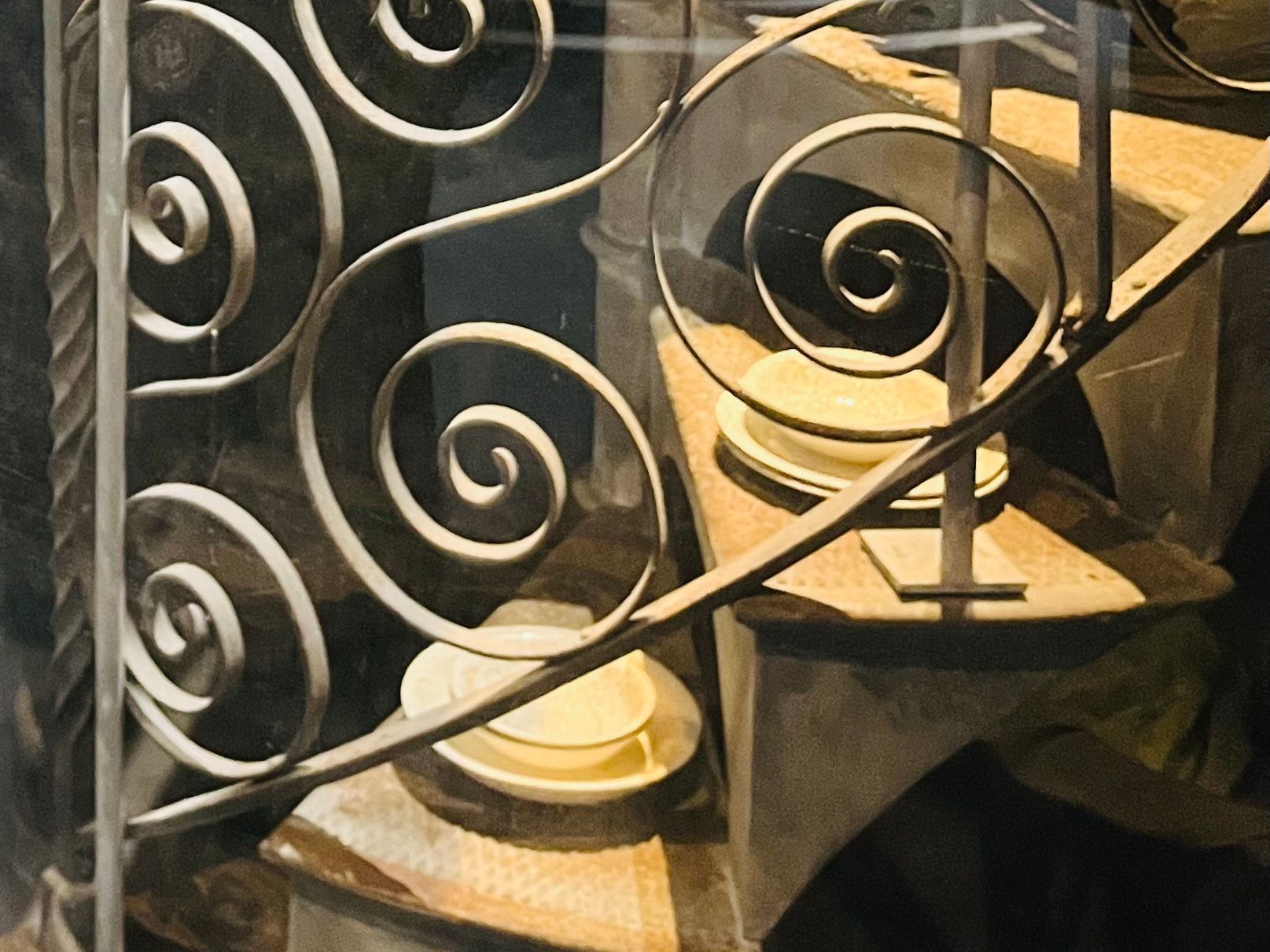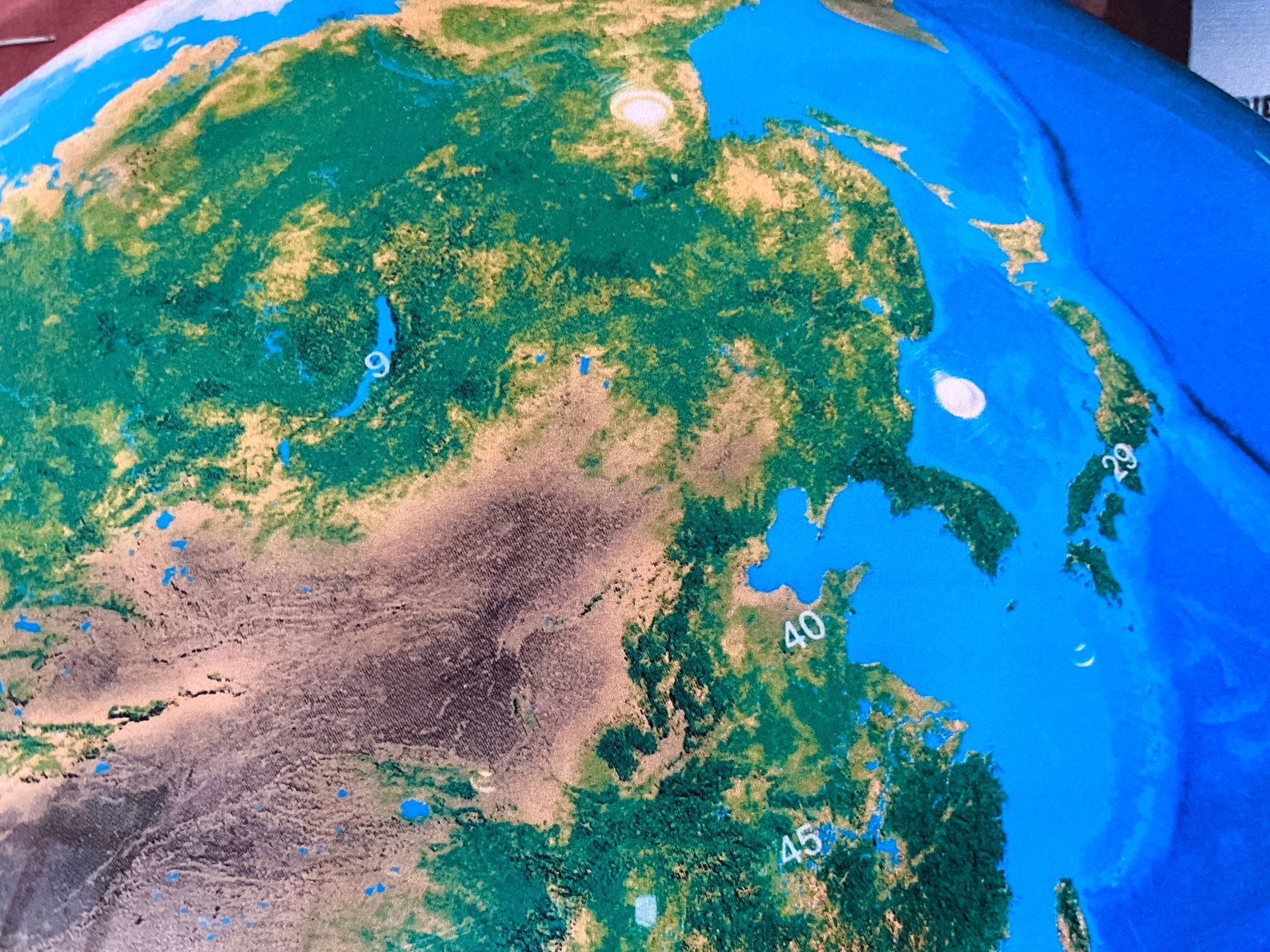vibrant underwater creatures

FIELD TRIPS
Great Lakes Aquarium 🐠
353 Harbor Dr, Duluth, MN 55802
Downloadable Marine Mystery Match
Volcanos
🔥✨🌋Step back in time with the volcano exhibit and discover Duluth's fiery origins When hot magma sculpted the earth beneath our feet, later soothed by waves of cold water. 🌊 (Basaltic lava above ground, Magma below ground)
🌊 The Great Lakes are cradled in basins of volcanic rock formed by melting glaciers. 🗿 Spot the dark, sturdy *basalt rock – from the winding Lester River to the serene Leif Erikson Park, and the cascading Gooseberry Falls. 🏞️ Basalt rocks are a familiar sight around Lake Superior, telling a story that began, long before human history began.
*Basalt: hard black volcanic rock
REVIEW
Why do you think we find so much basalt rock around Lake Superior and other places near Duluth?
Coral
✨🌊They may not have eyes, a heart, or a brain, but corals are very much alive! 🌊Believe it or not, corals are animals, not plants or rocks. 🌊 Corals have a unique diet; they don't make their own food but feast on plankton —tiny organisms that drift through the water.(think of the character from SpongeBob) 🌊 It's a slow dance, but they can move! 🌊 Some corals can live for an astonishing 5,000 years. 🌊 Let's appreciate these marine marvels that build the underwater cities we call reefs.
REVIEW
How do corals eat if they don't have mouths like we do?
Placoderm
Extinct but never forgotten, Placoderm are part of prehistoric lake life, 300 million years ago! 🌊✨when these armored giants swam the depths of Lake Superior! 🛡️🐟 🔍These ancient creatures, known as Placoderms, 🐟 thrived long before dinosaurs roamed the earth. (50 million years before dinosaurs) 🐟 🐟 These prehistoric fish had a diet consisting mainly of invertebrates like mussels, clams, and snails. 🐟
REVIEW
If Placoderms lived 50 million years before dinosaurs, what kind of world did they swim in?
American Alligator
📜 With a lineage dating back to prehistoric times, the American Alligator is a relative to the dinosaur and shares the planet with only one other species, the Chinese Alligator. 🐊 🌾 These powerful reptiles make their homes in the freshwater marshes of places like Texas, North Carolina, and Arkansas. 🥚 They are skilled nest builders, laying their eggs amidst sticks and leaves close to water's edge. 👃 Distinctly different from their crocodile cousins, you can spot an alligator by its U-shaped nose (while crocs sport a V-shaped one!). 🤔 While it's said that crocodiles are the more aggressive of the two, it's always wise to keep a respectful distance from both. 💧 Unlike saltwater-loving crocodiles, alligators prefer the fresh waters. 🌿🌎
REVIEW
How can you tell the difference between an alligator and a crocodile just by looking at their noses?
Starfish
🌟🐠 Starfish are the masters of regeneration, capable of growing new arms. 🌟Lacking a brain, heart, or blood doesn't stop them; they see with eyespots (an eye at the end of each arm detecting light and dark) and move with hundreds of tiny feet! 🌟They breathe and feed by circulating seawater through their bodies, thanks to cilia. 🌟Starfish come in various arm counts! 🌟They may have a small mouth but can still eat a big meal as they can eject their stomachs from their body to digest food externally. 🌟Some starfish can live a remarkable 35 years in the wild. 🌊✨and 5-10 years in captivity.
REVIEW
Why do starfish eject their stomachs to eat, and how does that help them digest big meals?
Journaling
🌊📘 🖊️ After diving into lessons, we find journaling helps! 📸 We create in our 'Great Lakes Journal' sketches and facts. 🎨 we use Mead Creative Story Tablets; there's a designated drawing space on each page 📚 🎉 We use celebratory stickers to decorate the outside of our journals! Join us in documenting the deep blue! 🐟🎨📝
Mysteries beneath
the waves

Baptism River
🌲 The 8.8-mile-long Baptism River is a jewel of the North Shore, surrounded by ancient volcanic rock. Here, anglers can reel in a diverse catch, from the vibrant Brook and Rainbow Trout to the elusive Brown Trout and mighty Chinook Salmon. But the river's crowning glory is nestled within Tettegouche State Park—the awe-inspiring High Falls. As Minnesota's tallest waterfall, it cascades down approximately 120 feet, creating a symphony of sound and spectacle that's as unforgettable as the river itself. 🎣🏞️
REVIEW
What makes the High Falls in Tettegouche State Park special compared to other waterfalls?
Moon Jellies: Jellyfish
💧Drifting through the seas with a ghostly grace, these jellyfish are a marvel of nature, lacking a brain, eyes, or heart, surviving on plankton. Their mesmerizing hues of pink or blue aren't just for show; they're a reflection of their diet. Despite their short lifespan of 1-2 years, Moon Jellies have existed for over 500 million years (predating dinosaurs). With a sting that's more a whisper than a shout, their translucent (moonlike), lunar-like bells move rhythmically through the water, seemingly unaffected by pollution or ocean warming. Witness the miracle of their two stages - life cycle, from the anchored polyp (small stalk attached to a rock and then breaks free) to the free-swimming medusa (adult bell-shaped), and marvel at their delicate skin that breathes in the sea itself (skin collects oxygen from water). 🌊 Underside of the bell (very center) is for food (and waste!) 🌙
REVIEW
How do Moon Jellies eat and breathe if they don't have a brain, eyes, or heart?
American Crow
👁️✨ American Crow’s brilliance that rivals that of chimpanzees, these feathered intellectuals, mate for life, and navigate their world with a keen memory, recognizing faces and even nursing long-held grudges. They've mastered the art of tool-making, deftly using sticks to retrieve food, and have been observed conducting their own funerals of the deceased. Their ingenuity extends to problem-solving, like hiding food for later or innovatively using stones to raise water levels for a sip. The American Crow has complex emotions and remarkable intelligence. 🖤🐦 They can live 13 years in the wild and up to 20 years in captivity.
REVIEW
How do American Crows use tools to help them find food?
Bullsnake
🍂🌞 Slithering through the landscapes, it's known for its impressive longevity. Living up to 20-25 years, this species thrives in Minnesota's varied habitats. These nonvenomous serpents play a crucial role in the ecosystem, preying on small mammals like mice, squirrels, and even ground-nesting birds. In the warm embrace of summer, from June to July, the female Bullsnake carefully deposits 5-19 eggs in the nurturing earth. They spend their daylight hours active or resting in rodent burrows that they took over. They're equipped with a specialized, slightly pointed nasal shield for digging. True to their name, they can emit a bull-like snort when disturbed. And if you encounter one, it could rear up, hiss, and lunge to ward off any perceived threats. Marvel at one of North America's longest snakes. 🐍🌾
REVIEW
How does the Bullsnake help the environment by eating small mammals and birds?
Seahorses
🦐🌿 Delicate dancers of the sea, seahorses captivate with their unique charm and their heads shaped like the head of a horse. Their tails serve as anchors. A twist of nature—fathers, not mothers, carry the unborn in a brood pouch akin to a kangaroo's. Tiny newborns emerge no bigger than a jellybean, propelling into a world where their voracious appetites lead them to feed constantly, a necessity since they lack stomachs and need to eat most of the day sucking up food through their snout. Seahorses form long-term partners, engaging in enchanting morning rituals of dance that can span from fleeting moments to hours. Their swim may be clumsy, propelling themselves vertically through the water, but it's their independent eye movements that give them an otherworldly gaze. Living in tropical and coastal regions, with lifespans ranging from 1-5 years, these creatures express discontent with a distinctive growl, recorded by high-tech means. And in a display of surprising affection, they've been known to grow attached to human caretakers, eating from hands, hitching rides on fingers, or greeting with a twirl. 🌊
REVIEW
How do seahorses eat so much if they don't have stomachs? What happens to their food?
Scuba
🌊🤿 Dive into the depths of history where the story of scuba begins, not with high-tech gear, but with the simplicity of a hollow plant stem in ancient Greece and Rome. Imagine the transformation from leather suits and metal helmets that once defined underwater exploration. Today's scuba gear may be light-years ahead in technology, but the spirit of discovery that drove our ancestors to take that first plunge remains the heart of every dive. 🏺🌿
REVIEW
How did people in ancient Greece and Rome explore underwater using just a hollow plant stem?
play is just as important as any day's work

California Prawn
🦐✨ With its three distinctive claws and a fan-shaped tail, it's a true marvel of the ocean. Not only do they share a family tree with lobsters and crabs, but they also hold the title of the largest shrimp on the US West Coast! 🌊
Their tail, known as a telson, is like a built-in boat rudder, letting them steer through the waters with ease. In a pinch, they can flick these tails to swim backward. 🏊♂️💦 For the first two years, they live as males before switching to females. Talk about a sea change! With a lifespan of about four years. 🍤👩🍳 🌟🐠
REVIEW
How does the shrimp use its tail like a rudder to move through the water?
Western Painted Turtle
Basking in the sun, the Western Painted Turtle is a true North American classic! 🐢✨This common yet captivating creature needs to be in the water to eat, with the potential to grace freshwater scenes for up to two decades (20 years). 🌊🌿 Their shells are living puzzles composed of 60 interlocking bones. Mother Nature plays a temperature game to determine their gender (boy or girl) before they even hatch. Sunbathing isn't just for relaxation; it's a clever tactic to shake off unwelcome parasites and leeches. ☀️🛁 As winter whispers, they tuck into the mud, slowing down their bodies to the chill of their surroundings in hibernation. But don't let their peaceful demeanor fool you; these turtles can snap with a bite if caught off guard, and hiss if they feel threatened! 😯🐾
Swimmers and sun-worshippers, by nature, they have a, flat shell and sport vibrant streaks of red-orange and yellow across their neck, legs, and tail, with sunny spots on their heads. And with an external eardrum, they’re listening in on the world above water. 🐢
REVIEW
Why do these turtles sunbathe, and how does it help them stay healthy?
Lake Sturgeon
Affectionately dubbed "the dinosaur of the Great Lakes"! 🐟🌟 These aquatic ancients have been thriving for about 150 million years. They're the oldest Great Lakes species. 🏞️🦕 They were swimming around while the dinosaurs were walking around!
Imagine a fish that stretches up to 7 feet and tips the scales at a whopping 200 pounds! 🏋️♂️💦 The longevity these creatures boast – with males living up to 55 years and females doubling that. 🎉🐠
Every year, when May flowers bloom and June warmth spreads, these grand creatures partake in their ancient dance of life. The spawning season kicks off as the waters warm to a cozy 53 degrees and the waters run high.🌡️🌊
So here's to the Lake Sturgeon, our living link to a world long gone. 🌿🐟✨
REVIEW
Why is the Lake Sturgeon called "the dinosaur of the Great Lakes"?
Sting Ray
These sea gliders are vulnerable to extinction, and their numbers are dwindling due to unregulated fishing. 🌊🎣 With eyes perched on the top and a mouth beneath, never seeing what they eat. They trust their keen sense of smell to guide them to their
meals. 🐟👁️ A stinger, like a hidden blade, in their tail, a reminder of the delicate balance between beauty and survival. Yet, these creatures are known for their docility, preferring the solace of the sandy seabed to conflict. 🌾🦈 Remember, they are peaceful travelers in the sand, only brandishing their stinger in defense. 🐠✨
REVIEW
How do these animals find their food if they can't see what they're eating?
Sea Lamprey
Invasive species: Dive into the dark waters of Lake Superior, and you might encounter the Sea Lamprey. Hailing originally from the Baltic Sea, these "vampire fish" stealthily arrived in ballast water sections of ships, now infamous as an invasive species. 🚢🌊
They prey on the eggs of other fish, and they swim slowly, silently, lurking beneath the surface. As nocturnal hunters with no natural predators to fear in these
waters, they've claimed dominion over the night. 🐟 Lampreys boast four eyes and a small brain, yet their survival strategy is nothing short of remarkable. Without a single bone in their bodies, they can live between 6 and 20 years, growing up to 3 feet long. 🧠👁️
In a dance of ancient reproduction, one male and female pair can astonishingly produce up to 10,000 babies, ensuring their lineage endures. These prehistoric creatures swam the earth's waters 400 million years ago, long before the dinosaurs roamed. 🦖🕰️
As they seek out the cold-blooded creatures of the deep. 🐍🌌
REVIEW
How do Sea Lampreys manage to survive in Lake Superior without any natural predators?
Eurasian Ruffe
Invasive species: Venture into the chilly waters of Lake Superior, and you might meet the feisty Eurasian Ruffe. This unwelcome visitor has made quite the, altering local aquatic landscape. 🌊🐟
Their aggressive nature isn't the only thing that's causing ripples; with females that can lay a staggering 200,000 eggs annually, they're not just visiting – they're multiplying with intent. 🥚📈
But that's not their only defense; these ruffians come armed with sharp spines on their fins and gills, deterring even the bravest of predators and making them a prickly problem for the ecosystem. 🚫🐠
🌐🐡✨
REVIEW
Why is the Eurasian Ruffe considered a problem for the ecosystem of Lake Superior?
eerie becomes enthralling

Tang
🌊 Meet the Majestic Tang 🌈 🔵🟣 can shift hues from the softest light blue to the richest deep purple. Each side of their tail boasts natural razors, sharp tangs used in a ballet of defense against the wilds of the ocean. 🕰️ These sea dwellers can grace us with their presence for up to 20 years in captivity. 🦷 Equipped with nature's dental toolkit, tangs scrape algae off rocks, and their diet is the ocean’s confetti – plankton. 🌿🌊
REVIEW
How do the sharp tangs on the Majestic Tang's tail help protect it in the ocean?
Orange-Spotted Grouper
🍊🐠 The Orange-Spotted Grouper 🌟 🌪️ with a mouth that can create a vacuum to inhale unsuspecting prey in a swift gulp! 🗺️Roaming the vibrant reefs of the Pacific and Indian Oceans. 🎂 They live up to 29 years. 🛌 Known for their chill vibes, these fish prefer the slow lane, embodying the art of relaxation. 🌜 As dusk falls, they tuck themselves into the sea's blanket of mud. 💤 Embrace the lazy days and the muddy nights.
REVIEW
Why do these groupers tuck themselves into the mud at night?
Arowana
🌿🐟 🏞️ Native to the mystical waters of the Amazon. 🐠 The shape of their mouth, allows them to snatch up fishy feasts from below with a sudden surge. 🐒 Nicknamed "water monkeys" for their acrobatic prowess, arowanas can jump 6 feet above water— to catch birds sitting on branches! 🚀 Whether for a meal or due to the stress of close quarters, their leaps are legendary. 🧠 More than just swimmers, they're thinkers; arowanas bond with their caretakers, recognizing the faces that bring friendship (and food!).
REVIEW
Why are arowanas called "water monkeys" and what unique ability do they have?
Orange Clownfish & Sea Anemone
🧡🐟🌊 Oceanic Odd Couples: The Orange Clownfish & Sea Anemone 🌿 ✨ Nature's partnership between the clownfish and their anemone homes. 🐠 Female clownfish lay over a thousand eggs as the devoted males stand guard. 🕒 With a lifespan that spans a decade (10 years) in the wild, these creatures are tales of resilience and change. 🔄 Clownfish carry both male and female reproductive organs, beginning as male, with the potential to transform into female. When the dominant females passes the largest male will change to female. The change is permanent.
🏠 Nestled within the anemones, clownfish thrive amidst poison, cloaked in protective mucus. 🔄 Together, they form a circle of service: the clownfish, a lure in the water for the anemone’s meal; anemone’s tentacles offer a fortress against the fish’s foes. 🍴 In return for safety, the clownfish tend to their hosts, picking away parasites like underwater gardeners. 🔒 🕰️Anemones themselves are ancient beings, flourishing for up to half a century (50 years), they have no brain or eyesight. 🐚
REVIEW
How do clownfish and sea anemones help each other survive in the ocean?
Spot a Sleeping Fish
🌙✨ Ever Wondered How Fish Dream? 🐟 As the underwater world dims into twilight, some fish find their rest lying motionless, in the arms of the sea's embrace, either nestled on the sandy bottom or floating near the surface like clouds in a calm sky. 🌬️ Watch their gills, the slow dance of life, moving in meditative rhythms 👀 With no eyelids to close, their slumber is an open window to the soul of the sea 🌊 💤
REVIEW
How can you tell when a fish is sleeping if they don't have eyelids to close?
Eagle
🦅💫 🌳 Home is where the nest is, and for these aerial rulers, that means perched high in the treetops near the water's edge—nature's skyscrapers crafted from sticks and life's tapestry. 👑 In the eagle realm, the females are larger than their male counterparts 🌲🎂 Celebrating 30+ years soaring through the wild, their lives are a testament to endurance and freedom. 💞 Eagles pair for life. 💨 Gliding at 30mph and swooping down on prey in 100mph dives, they embody the spirit of the wind itself. 🐣 At three months, the young spread their wings, learning the art of flight under watchful parental gazes. 🏠 Their nests, span an impressive 8 feet wide and 3 feet deep 📏 With a wingspan stretching to 7.5 feet 👴👵 The iconic white head and tail feathers emerge by ages 4-6 👀 With vision 8 times sharper than ours, they survey kingdoms two miles away 🧠 their intellect mirrors that of crows, solving the puzzles of survival with ingenuity. 🎣 Ice fishers by nature, using their beaks and weight to break into winter's ice by jumping up and down 🇺🇸Symbolizing independence and self-government, the eagle adorns the Great Seal of the USA, wings outspread in a declaration of unity and strength. 🗽 The national bird, a beacon of the American spirit, heralding the skies with the promise of liberty and the pursuit of happiness.
REVIEW
How do eagles teach their young to fly and hunt?
spirit of discovery

River Otter
🌊🦦 Whiskered acrobats can hold their breath for up to 8 minutes. 🏞️ Not just water babies, river otters cherish their time on land, where much of their playful frolicking occurs. 🛁 Post-meal rituals include wash-up, keeping their fur impeccable. 🐾 As the largest member of the weasel family, they carry their lineage with a mix of majesty and mischief. 👶 Pups, the name for baby otters, are curious, ready to explore every ripple and rock. ⚓️ With the ability to dive 60 feet deep. 🎉 👥 Whether alone, paired up, or in groups, they're social creatures, 🛝 Whether sliding in the mud or playing in the snow, their zest for life is infectious 🦦
REVIEW
Why do river otters need to keep their fur clean, and how do they do it?
Mallard Duck
🦆💦 The Marvelous Mallard Duck 🏊 with tails proudly sailing above the water 🌟 though their lives often span just a year or two, some lucky ducks paddle through life for up to 16 years, 🐥 From the moment they hatch, ducklings are swimming, waddling, and foraging, ready to take on the world. 🚀 Within hours, they're out and about, and in two months, they're airborne, embracing the skies with newfound wings. 🥚 The dedicated mother mallard tends to her brood of 5-14 eggs, warming them for a month until they're ready to join the quack pack. 🍃
🦆 At the Great Lakes Aquarium, they tell the tale of Fern, a mallard duck who resides there contentedly after surviving an attack by an unknown predator.
REVIEW
How do ducklings learn to swim and fly so quickly after they hatch?
Payara
🐟🧛♂️ Meet the Vampire of the Deep: The Payara 🌊 In the shadowy depths of the Amazon River lurks a creature straight out of myth—the Payara, also known as the "Vampire Piranha." 📅 Roaming for 6-12 years, these fierce aquatic hunters embrace the wild call of the river. 🥩 Strict carnivores, asserting their dominance with an appetite —even piranhas are fair game. 🚫 With a presence as commanding as theirs, it's solitary swimming for these predators—no tankmates can brave their company. 🦷 Fangs measuring 4-6 inches long, creating a jaw trap a weapon, ensuring their prey has nowhere to escape. ⚖️ Growing to a hefty 39 pounds, with an average of 20lb. 🏰 Their mouths aren't just for devouring but are like a fortress that closes in, ensuring their meals are swallowed whole. 🖤
REVIEW
How does the Payara use its long fangs during feeding?
Electric Eel
💧📏 Growing up to 8 feet long 🌎 they are native to the winding rivers of South America, especially the lower Amazon River, one of the world's largest rivers.⚡ Equipped with three potent electric organs, these eels pack a punch that could stagger a horse 🌚 Shrouded in darkness, they're the phantoms of the freshwater realm, with nocturnal habits 👀 Navigating blind through the deep.🔝 Apex predators in their domain, they wield their electric might unchallenged 💪 With every ripple, they demonstrate control over their prey by manipulating their muscles. ☠️ Capable of delivering fatal shocks, or causing drowning, 🍽️ A carnivorous diet of fish, birds, and the occasional rat sustains them, each meal consumed whole—a gulp down the gullet of the toothless titan. 🐟
REVIEW
Why are electric eels considered apex predators in their environment, and what does that mean?
Rainbow Trout & Steelhead
🌈🐟🐟From the rolling waves of the Pacific to the fresh waters of Lake Superior, the journey of the rainbow trout is a tale of adaptation and survival, becoming a thriving freshwater fish since the 1800s when the species was introduced to Lake Superior from the Pacific Ocean. They have become naturalized.
🌊 After years in the streams, some set migrate to saltwater, transforming from a rainbow trout into the majestic steelhead. 🔁 A choice of life: while many remain as vibrant rainbows in the rivers, others seek the vastness of the ocean, growing in size and changing hues. 🏡 Steelheads, the ocean wanderers, return to their freshwater origins to spawn, bridging the gap between two worlds. The Steelhead's body changes color when it enters saltwater and grow bigger in size.🎨 Steelheads shed their rainbow palette for the silvery sheen of the sea🌟 The rainbows who remain keep their kaleidoscope of colors in the streams. 🔄 The offspring of either can choose their path, with the freedom to live in the rush of the river or the expanse of the ocean. 💕 The Steelheads come back to the freshwater to spawn. In their breeding, rainbow trout and steelhead can intermingle, ensuring diversity in their lineage. ⏳ They live 4-6 years in the wild, with some reaching 11 years. 🔄 Unlike their salmon cousins, steelhead trout can spawn, return to the ocean, and spawn more. They do not die after spawning like salmon.🐟
REVIEW
What are the differences between rainbow trout and steelheads, especially when it comes to where they live and their colors?
Zebra Shark
🦓🦈 Gentle Giants 🌊 Gliding through the ocean's embrace, the zebra shark exemplifies tranquility beneath the waves, more likely to be found resting on the seabed than stirring the waters. 🙏 With few natural foes, their serenity is often disrupted by the curious hands of humans, a reminder to treat the sea's denizens with respect. 🌴 These sharks call the colorful world of coral reefs home, swimming amongst the tapestry of marine life. 📏 Stretching up to 8 feet, their lives span decades, up to 28 years. As juveniles, they wear the ocean's night sky, dark with celestial stripes, morphing into sun-kissed yellow with age, dappled with dark spots like the sands of their salty realm. 🔍
the peaceful sea creatures moved in the summer of '23
REVIEW
Why is it important for humans to be careful and respectful when interacting with zebra sharks in their natural habitat?
ocean’s mysteries

Eelpout (Burbot)
🐟🌊🎣 Meet the eelpout (burbot), of the Great Lakes', in a coat of slimy skin—a hug it might just linger as it wraps around your arm! 🚫 Dubbed the "ish" of fish for its peculiar looks (1 whisker on its chin) and elusive nature, the eelpout is a creature of character. 👨🍳 With a flavor that rivals the richness of lobster, this bottom-dweller's meat is a culinary delight 🌡️ While it may shy away in the summer heat, it's a cold-weather catch. 🗺️ A native to the storied waters of the Great Lakes, the eelpout swam supreme long before European settlers cast their sails. 🛡️ Resilient in the face of invasive species like the sea lamprey, the eelpout has held its ground. These fish don't just survive; they thrive, feasting on unwanted gobies, playing their part in the ecological battle beneath the waves. 🍽️ Let's toast to the eelpout, an unsung hero of the deep, as much a part of the Great Lakes' legacy as the waters themselves.
REVIEW
How does the eelpout help maintain the balance in the Great Lakes ecosystem?
Unicorn Fish
🌊🦄 🎨 The underwater chameleon, the unicorn fish, known to change color. 🐟 Graced with a neutral gray palette, while navigating the ocean currents. 🔱 Equipped with defensive spines near the tail, a swift reminder to any who dare to come too close—nature's own keep-your-distance design. 🦄 Its namesake horn rises from its head, yet its purpose remains a mystery of the sea. 🦷 Sharp teeth hint at a readiness to defend or dine. 🚢 Drawn to the ghostly echoes of shipwrecks, these tangs of the deep explore the skeletons of human endeavors lost to the tides. 🦈 In the great circle of sea life, the unicorn fish plays its part, often hunted by the relentless gray reef shark. 🍲 Grazing on zooplankton and seaweed, they roam the reefs. 🐠 Celebrate the unicorn fish, a gentle grazer "cow of the sea."
REVIEW
What is the purpose of the horn on the unicorn fish's head, and why is it considered a mystery?
Goldfish
🧡💧🔍 Can you spot the goldfish at the Aquarium? Like hidden treasures, they begin life in a cloak of silver-gray, only to transform into vibrant orange or red as they mature. ✨ The aquarium reveals the tale of a goldfish's unexpected voyage to its tanks, a story of change and adaptation, not a carp, but a goldfish. 🚫 Remember, while they bring joy to our homes, releasing pet goldfish into the wild is not only illegal but harmful. These shimmering swimmers are more than meets the eye—they can become invasive, disrupting ecosystems and dislodging the delicate homes of native species. 🌱 It's our duty to protect our aquatic worlds, ensuring each finned friend swims where they thrive without unravelling the aquatic tapestry. 🏠
REVIEW
Why is it harmful to release pet goldfish into the wild, and what can happen to the local ecosystem if they become invasive?
Carp
🐟💥 🌍 Dwellers of European and Asian waters, carps have voyaged far from home, turning into unwelcome guests in U.S. rivers. 💧 With their oily sheen, these freshwater fish have slipped into ecosystems, their appetites for plankton leaving little for the native residents. 🚧, escaping from southern aquaculture havens into the wild expanse of the Mississippi River, fueled by floodwaters. 🛶 The silver carp, notorious for jumping, pose a literal leap of danger, startling boaters. 🌱🐠
🐠 Carp are fish with shiny, silver bodies. They are part of a group of fish species native to Asia. Carp were originally brought to the U.S. to help clean algae and weeds in fish farms. They escaped into the Mississippi River during floods in the 1970s and quickly spread.
Impact on Native Fish:
Carp eat huge amounts of plankton, which is the base of the food chain for many fish species. By eating all the plankton, they starve native fish, disrupting the entire ecosystem.
Carp in the Great Lakes:
Carp have not fully invaded the Great Lakes yet, but there is concern they might. Barriers are in place to stop them from entering through the Mississippi River.
Flying Fish Danger:
Carp can jump high out of the water when startled, sometimes hitting boaters and making rivers unsafe for recreational use.
Activity Idea:
Carp Jump Simulation: Use a beach ball or inflatable fish. Toss it into the air and discuss how flying carp might feel to boaters. It's a fun way to imagine the challenge and danger carp pose!
This lesson introduces ecology, invasive species, and environmental stewardship, perfect for homeschoolers or young learners!
REVIEW
What makes silver carps unique, and why can they be dangerous to boaters?
Red Zebra Cichlids
🌍 Tucked away and found only in the rocky embrace of Lake Malawi in Africa, the red zebra cichlid flourishes, a vibrant gem, unique to this corner of the planet. 📏 Spanning a modest 5 inches, these freshwater marvels paint the underwater landscape with their fiery hues, a spectacle of nature's palette. 🌅 With a lifespan mirroring a decade of sunrises and sunsets, they weave the fabric of their habitat with grace and longevity. 🛖 Masters of their rocky realm, they remind us of the beauty in exclusivity and the wonders that thrive in the niches of our world. 🐟
REVIEW
Why is the red zebra cichlid only found in Lake Malawi, and how does its environment affect its colors and behavior?
Tangs
🔮💜💪 Known for their assertive and aggressive nature guarding their home and food, tangs reign over their domain with a select circle of finned allies, exemplifying the delicate social weave of the reef. 🌊 Watch out for the barbs by their tail! Native to the Red Sea, their vibrant hues stand out against the aquatic tapestry, a stroke of purple in a sea of blues and greens. 🕰️ With a decade to glide through their coral kingdoms, they live a life full of vivid encounters and reef politics. 🐠 👑
REVIEW
Why do tangs have barbs by their tails, and how do they use them?
gems of
the depths

Longhorn Cowfish
🐠🎯🔮 Beware the beauty with a secret—the longhorn cowfish is very poisonous, if stressed, releases toxin. 🦷 With a set of 10 teeth on top and bottom that forge into dual plates. 🤗 Contrasting its defense mechanisms, this cowfish is the underwater full of friendliness, ready to gently nibble from their owner's hand. 🌊 🧡 Let's feed our souls with the same tenderness, sharing connections that nurture, just like the longhorn cowfish sharing a meal from an outstretched palm.
REVIEW
How does the longhorn cowfish use its toxins for defense, and when does it release them?
Opossum
🌙🌳 From the woods of Minnesota, emerges the opossum, an often misunderstood yet fascinating creature of the night. 🦷 Sporting a remarkable set of 50 teeth, they are ready for any culinary adventure, from the wild to the wastebin. 👶 A mother's pouch becomes a snug nursery for 5-8 tiny beans, though she might welcome up to 25! 🐾 Equipped with prehensile tails. 🌚 As nocturnal foragers, they're the unseen custodians of our backyards, clearing out pests like ticks, and, yes, even unwanted rodents. 🗑️ 🛑 In the face of danger, their dramatics unfold—a hiss, a belch, or perhaps a theatrical "death," complete with an odor finale. 🕓 If they play dead, it's not a mere act; they can lock into a stiff pose for hours. 🤍
REVIEW
Why do opossums play dead, and how do they make it look so convincing?
Skunk
🦨💨 Signature scent a skunk's defense 🌿🚨 When fear strikes, they become sprayers of last resort, projecting 10 feet with precision. 🌬️ Their scent can announce their presence, far beyond sight, a mile's testament to their chemical craftsmanship. 🛡️ Marvels of the animal kingdom, they stroll through snake territory unbothered, armored by a unique immunity to venom. 🐝 Bees beware, a skunk's preferred meal, a bold diner amidst the buzz.
REVIEW
Why are skunks immune to snake venom, and how does this help them in their environment?
filled with interaction

Ballast Water
What is Ballast Water? Big ships use ballast water to stay stable while they travel. They fill their tanks with water from one place to help balance the ship when it's not carrying cargo. When they reach their destination, they dump the ballast water out. This helps them stay safe at sea.
Why is Ballast Water a Problem? The water ships pick up often contain plants, animals, and tiny organisms from the first location.
When the ballast water is dumped in a new place, these organisms (called invasive species) enter an ecosystem where they don’t belong. In the Great Lakes, invasive species like zebra mussels and round gobies were introduced this way. These species:
Crowd out native plants and animals.
Change the food chain, making it harder for native fish to survive. Damage the environment and the economy, affecting fishing and recreation.
How Are We Helping? Ships now follow ballast water management rules to stop the spread of invasive species: Ballast Water Exchange: Before entering the Great Lakes, ships replace their ballast water with ocean water, which is less likely to carry invasive species that can survive in freshwater.
Onboard Treatment Systems: Some ships use filters, chemicals, or UV light to kill organisms in their ballast water. Regulations: Governments and organizations work together to check and enforce these rules.
Activity: Build a Solution. Imagine you’re an engineer. How would you stop invasive species from spreading through ballast water? Draw your idea for a new ballast water treatment system. Share your solution with others!
By learning about ballast water, we can understand how our actions affect the environment and what we can do to protect amazing places like the Great Lakes!
SS America
See pieces from the SS America, it was a steamship that carried passengers and cargo on Lake Superior, including stops in Duluth, MN. On its final voyage in 1928, it sank near Isle Royale after hitting a reef while navigating in foggy conditions. The ship had safely dropped off most of its passengers earlier, and it’s often mentioned that the pilot, on his first day on the job, misjudged the reef. Everyone was saved. The ship was not retrieved, partly because of the Great Depression, which made salvage efforts unaffordable. Today, the SS America is a popular dive site and a time capsule of life from the early 20th century, with artifacts like dishes and furniture still visible underwater. This ship's story offers a fascinating glimpse into life on Lake Superior and the challenges of early maritime travel.
Giant Globe
Ahoy, Explorers! The Oceans Challenge
Welcome to the Great Globe Adventure! 🌍 Today, your mission is to find the GIANT GLOBE at the aquarium and become an Ocean Name Expert! Here’s what to do:
Locate the Globe:
Pretend you’re a pirate looking for treasure—your treasure is the big globe!
Name the Oceans:
Touch each ocean on the globe and proudly say its name:
Pacific Ocean
Atlantic Ocean
Indian Ocean
Arctic Ocean
Southern Ocean (This one’s special—read below!)
Southern Ocean Fun Fact:
The Southern Ocean used to be called the Antarctic Ocean. In 2000, scientists decided to give it its own special name because of its unique currents and ecosystem. It’s the only ocean that flows completely around a continent—Antarctica!
Bonus Challenge:
Can you say the oceans’ names in a silly voice? Or make up a song to remember all five?
The information on this website or books for Amy Monroe Author is not intended or implied to be a substitute for primary education or for professional medical advice, diagnosis, or treatment. All content, including text, graphics, images, and information contained in or available through her books, daybooks, website, or social media, are for general information purposes only. Amy Monroe makes no representation and assumes no responsibility for the accuracy of the information contained in or available through her books or website. Such information is subject to change without notice. You are encouraged to confirm any information obtained from or through her books and website with other sources and review all information regarding any medical condition or treatment with your physician. All artwork is copyrighted and property of Amy Monroe. Unauthorized use is prohibited.
We use cookies to ensure that we give you the best experience on our website.



